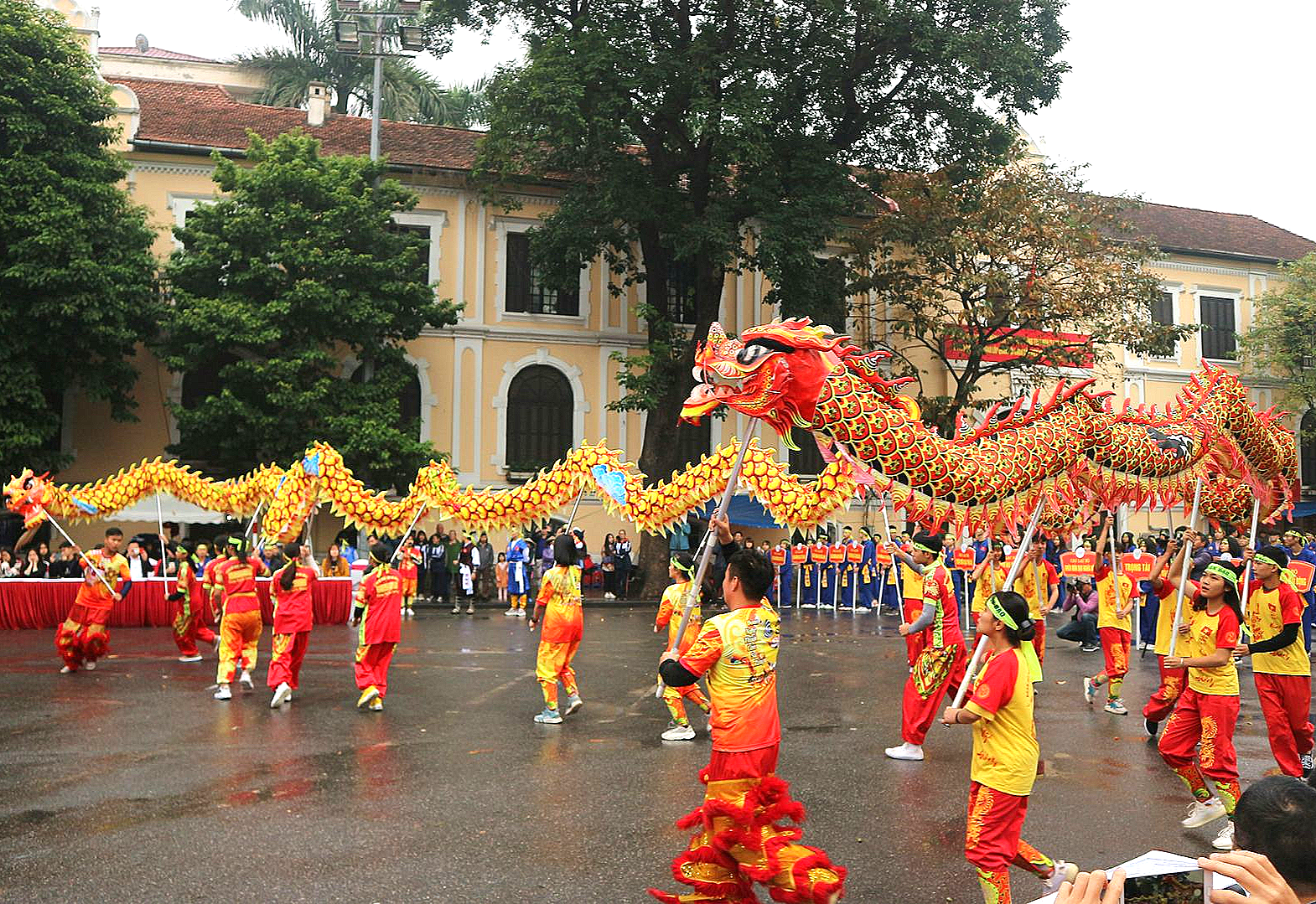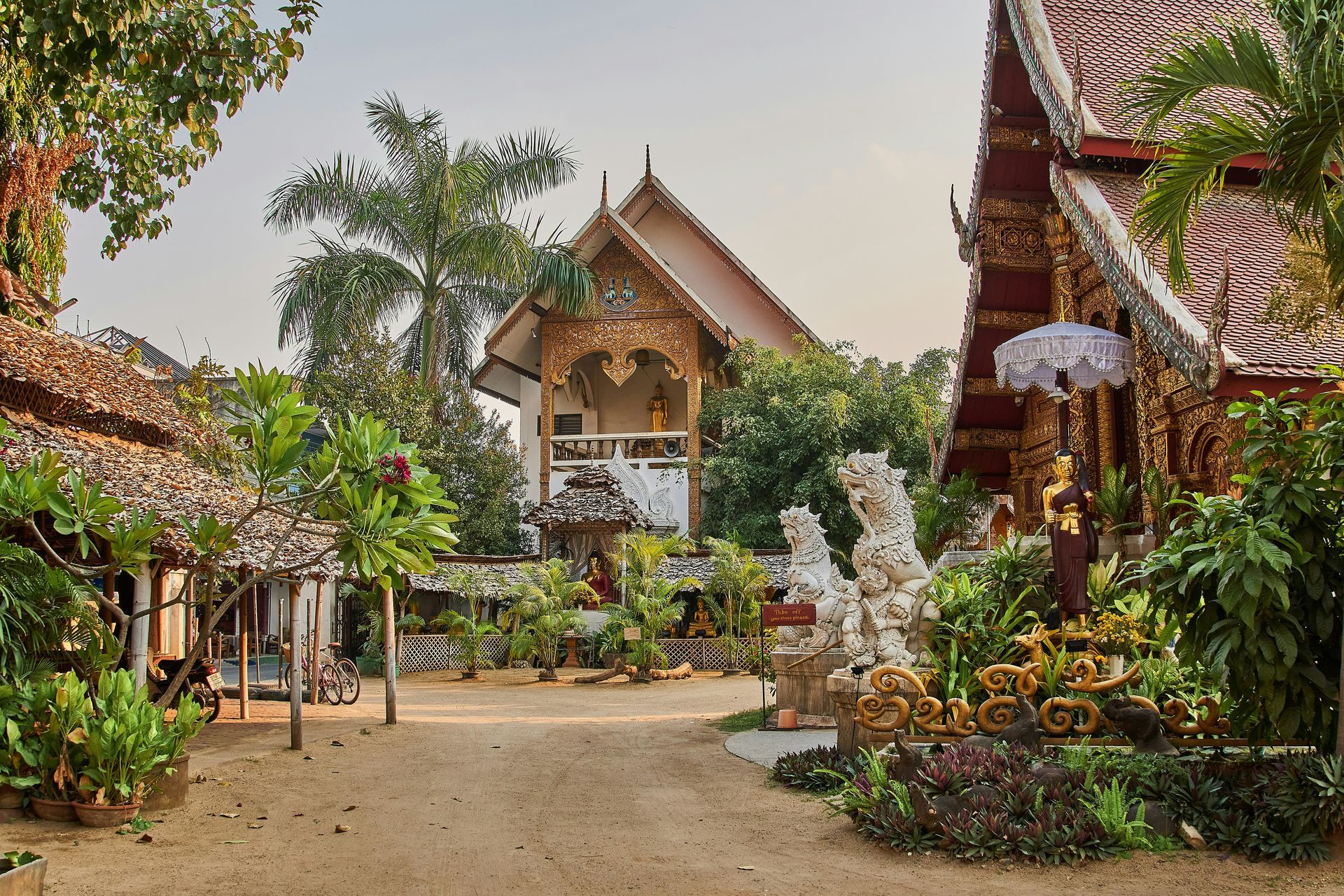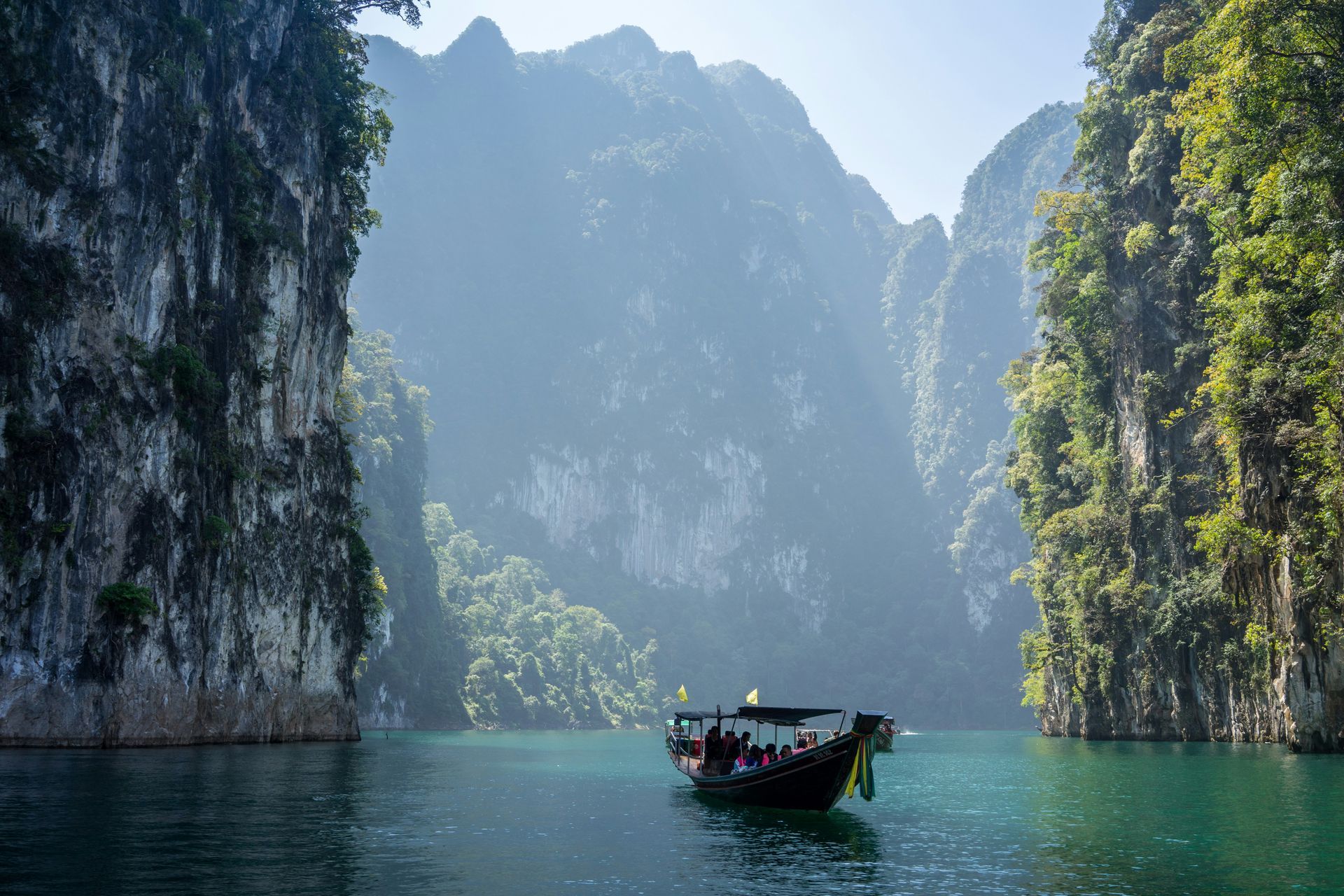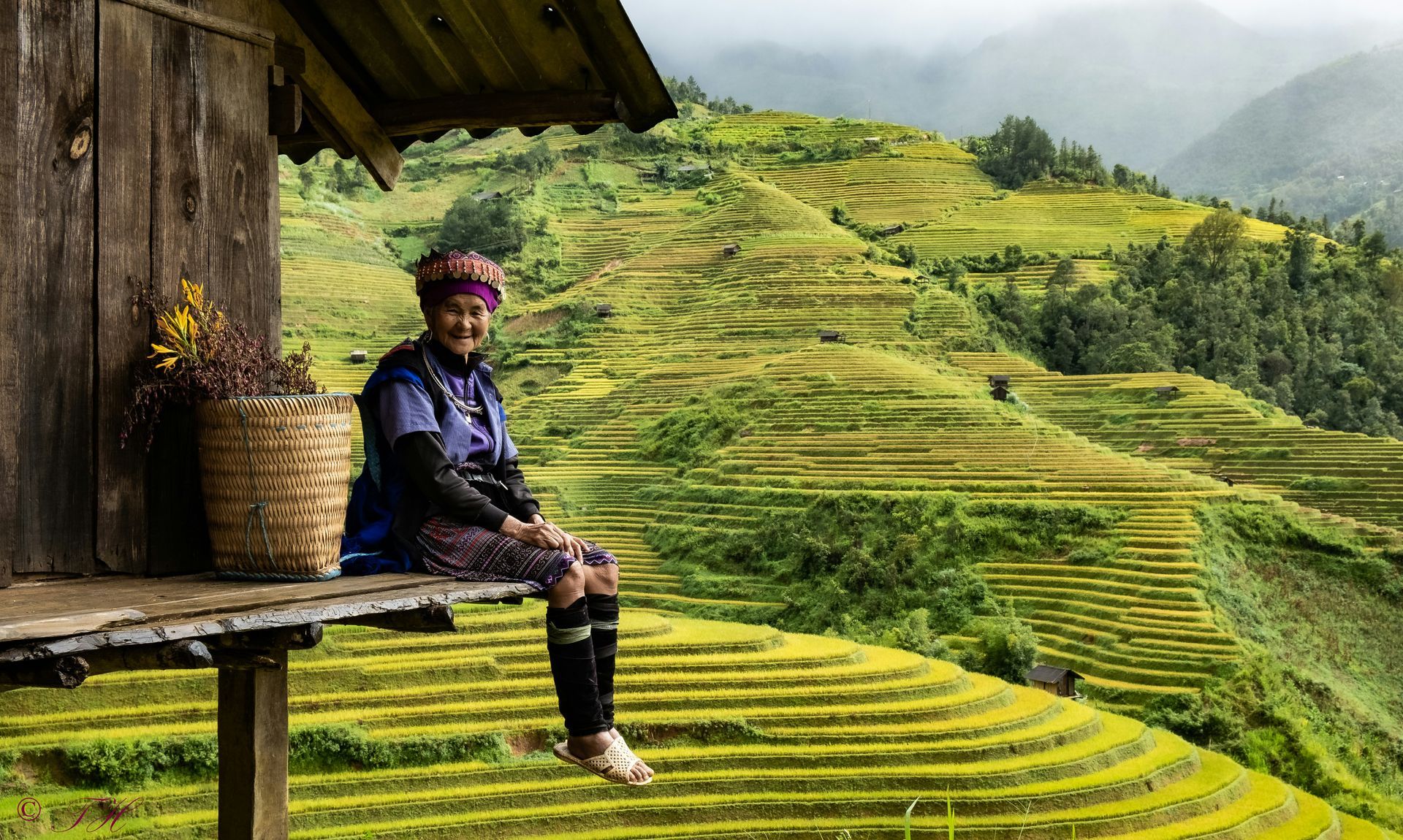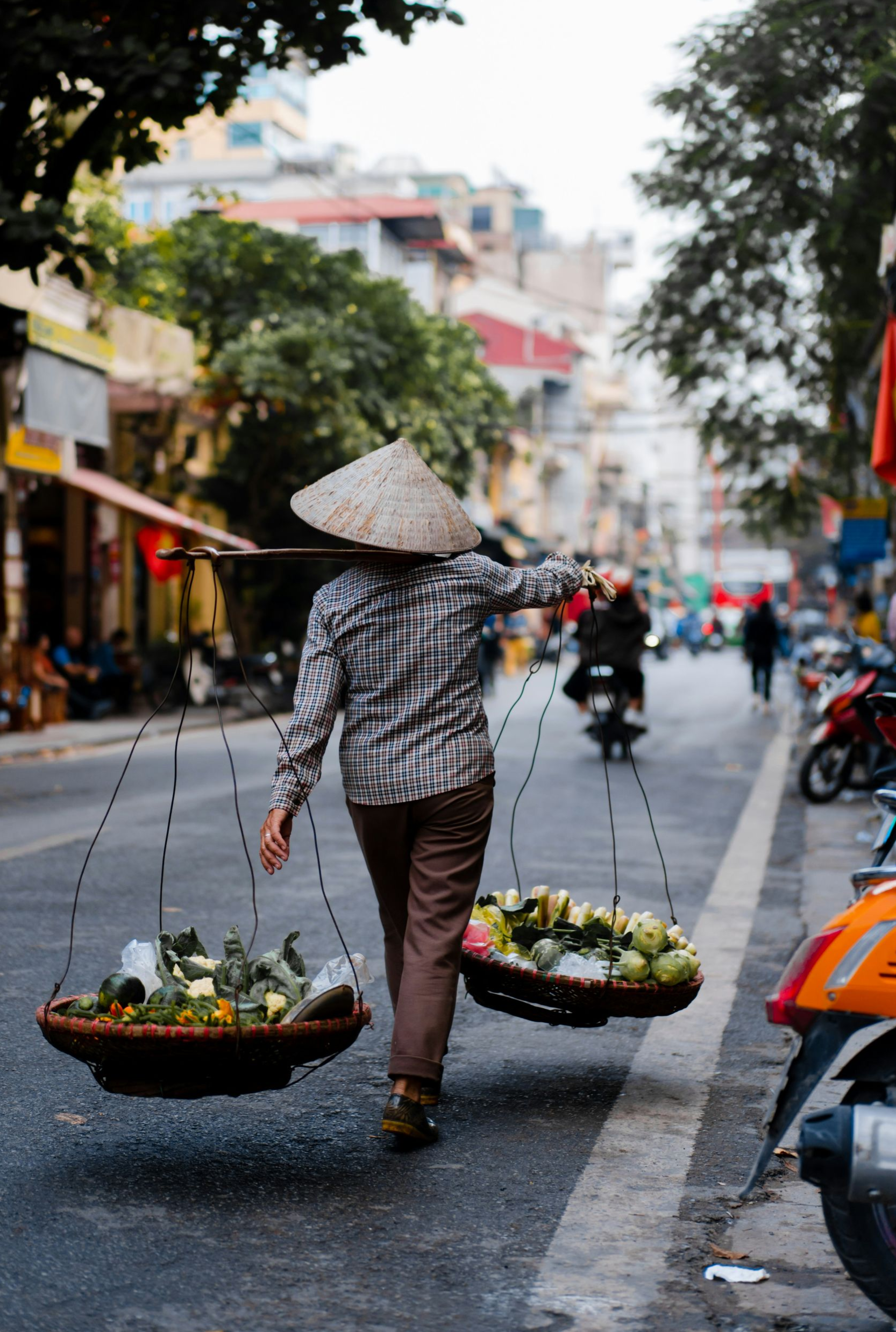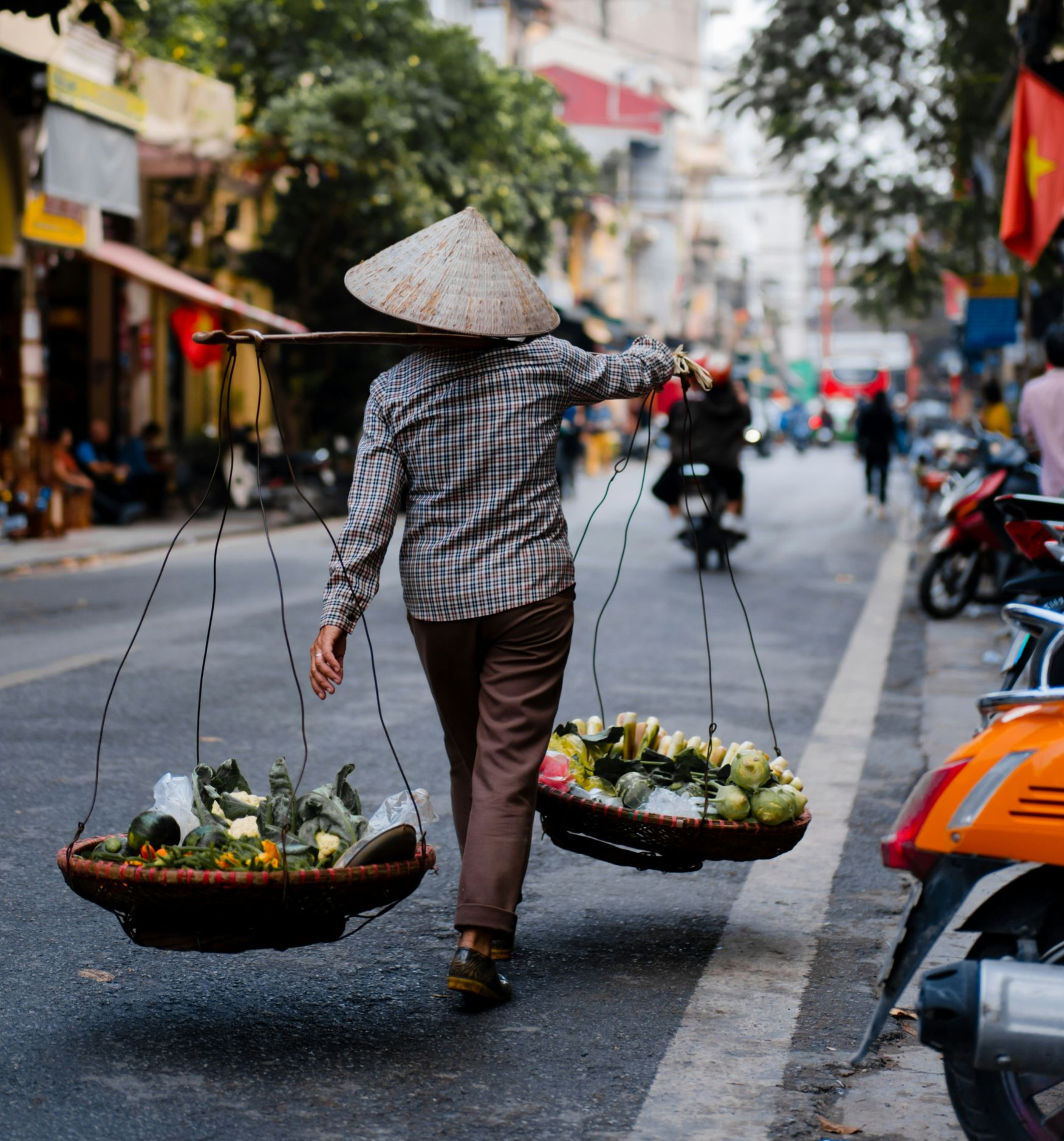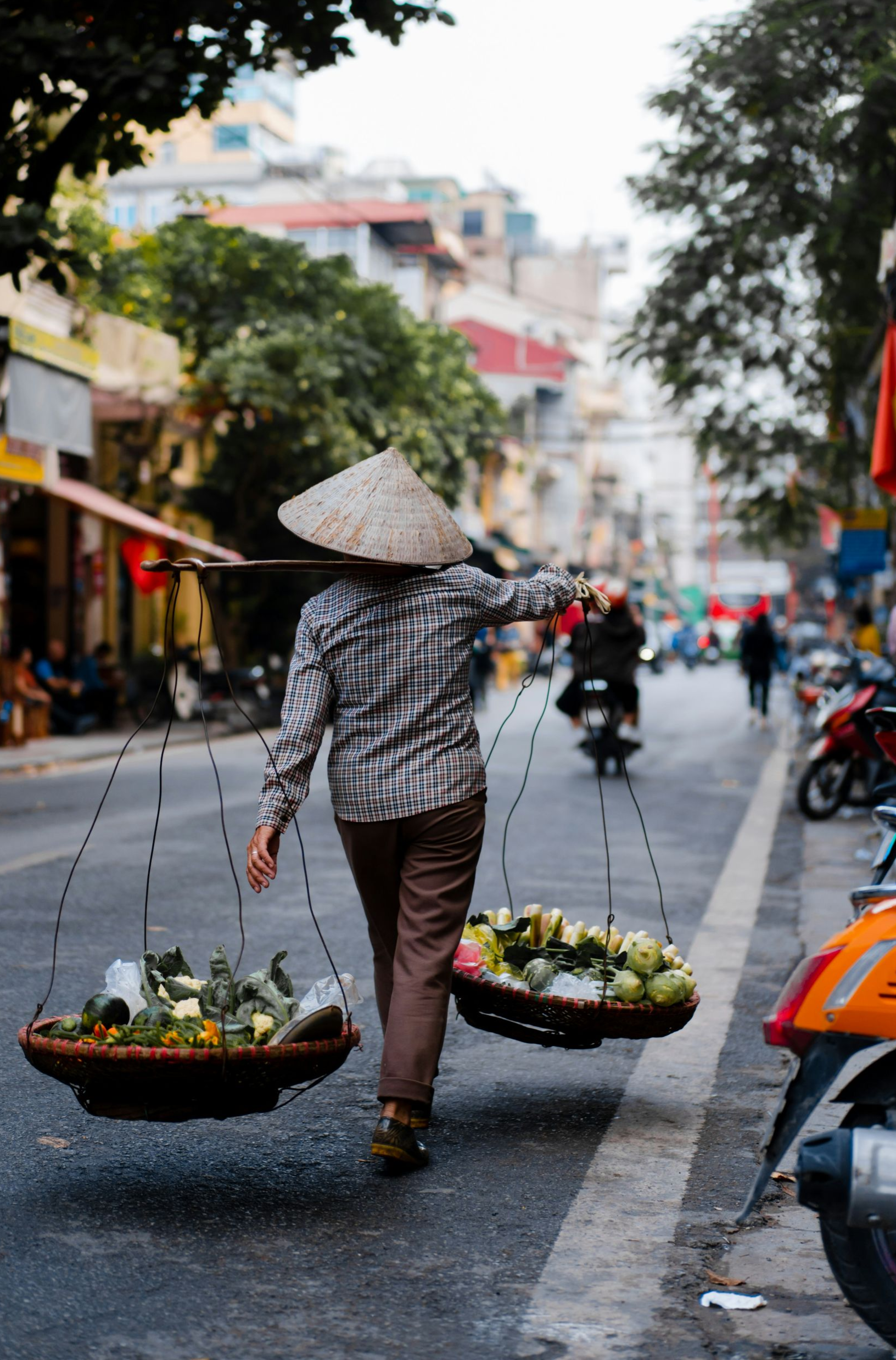Vietnam
Vietnam is a land of stunning contrasts, where emerald rice terraces, bustling cities, and golden beaches come together in perfect harmony. From the limestone karsts of Ha Long Bay to the lantern-lit streets of Hoi An and the vibrant energy of Hanoi and Ho Chi Minh City, the country offers an unforgettable journey through history, culture, and natural beauty. Deeply rooted traditions blend seamlessly with modern life, while world-famous cuisine, warm hospitality, and diverse landscapes make Vietnam a destination that delights every traveler.
Vietnam
Vietnam is a land of stunning contrasts, where emerald rice terraces, bustling cities, and golden beaches come together in perfect harmony. From the limestone karsts of Ha Long Bay to the lantern-lit streets of Hoi An and the vibrant energy of Hanoi and Ho Chi Minh City, the country offers an unforgettable journey through history, culture, and natural beauty. Deeply rooted traditions blend seamlessly with modern life, while world-famous cuisine, warm hospitality, and diverse landscapes make Vietnam a destination that delights every traveler.
Why Vietnam?
Vietnam captivates travelers with its rich culture, breathtaking scenery, and dynamic energy. History lives on in ancient temples, imperial cities, and wartime relics, while modern life pulses through bustling markets and lively street cafés. Nature lovers can explore towering mountains, lush rice terraces, and pristine coastlines, while food is another highlight—fragrant pho, fresh spring rolls, and aromatic coffee define Vietnam’s culinary identity. With its balance of tradition, adventure, and warm hospitality, Vietnam offers experiences that are as diverse as they are unforgettable.
Land of the Ascending Dragon.
Vietnam is often known as the “Land of the Ascending Dragon,” a name rooted in legend and symbolism. According to ancient tales, a celestial dragon descended to protect the Vietnamese people, representing strength, prosperity, and unity. The dragon remains a powerful national emblem, reflected in art, architecture, and festivals across the country. Even the shape of Vietnam is said to resemble a dragon rising from the sea, embodying resilience and vitality. This timeless symbol captures the spirit of Vietnam—a nation proud of its heritage and ever moving forward.
Why Vietnam?
Vietnam captivates travelers with its rich culture, breathtaking scenery, and dynamic energy. History lives on in ancient temples, imperial cities, and wartime relics, while modern life pulses through bustling markets and lively street cafés. Nature lovers can explore towering mountains, lush rice terraces, and pristine coastlines, while food is another highlight—fragrant pho, fresh spring rolls, and aromatic coffee define Vietnam’s culinary identity. With its balance of tradition, adventure, and warm hospitality, Vietnam offers experiences that are as diverse as they are unforgettable.
Land of the Ascending Dragon.
Vietnam is often known as the “Land of the Ascending Dragon,” a name rooted in legend and symbolism. According to ancient tales, a celestial dragon descended to protect the Vietnamese people, representing strength, prosperity, and unity. The dragon remains a powerful national emblem, reflected in art, architecture, and festivals across the country. Even the shape of Vietnam is said to resemble a dragon rising from the sea, embodying resilience and vitality. This timeless symbol captures the spirit of Vietnam—a nation proud of its heritage and ever moving forward.
Featured Itineraries
Kingdoms of Southeast Asia
Collette Tour
Thailand & Vietnam
Celebrity Cruise
Mekong Discovery
Avalon River Cruise
Featured Itineraries
Kingdoms of Southeast Asia
Collette Tour
Thailand & Vietnam
Celebrity Cruise
Mekong Discovery
Avalon River Cruise
The Vietnamese Culture
Vietnam’s culture is a harmonious blend of ancient traditions, spiritual beliefs, and a dynamic modern spirit. Rooted in Confucian and Buddhist values, daily life emphasizes family, respect, and community. Traditional arts such as water puppetry, silk weaving, and calligraphy thrive alongside lively markets, folk music, and dance. Festivals mark the seasons with color and joy, from lunar new year celebrations to harvest rituals. Food, too, is an essential part of cultural identity, with shared meals symbolizing connection and hospitality. Together, these elements create a culture that is both deeply rooted and ever evolving, offering travelers an authentic and enriching experience.
Festivals & Traditions
Festivals and traditions in Vietnam are vibrant reflections of the country’s heritage and community spirit. The most celebrated is Tết, the Lunar New Year, which marks renewal, family reunions, and honoring ancestors. Other colorful events, like the Mid-Autumn Festival with lanterns and mooncakes, showcase the joy of togetherness and cultural pride. Local village festivals, harvest celebrations, and spiritual ceremonies highlight Vietnam’s deep respect for nature, family, and tradition, offering travelers a chance to experience authentic cultural moments filled with music, food, and festivity.
Music & Dance
Music and dance in Vietnam capture the soul of its culture, blending ancient traditions with regional diversity. Folk music, often performed with instruments like the đàn bầu (monochord) or đàn tranh (zither), tells stories of daily life, love, and history. Dance plays an important role in festivals and rituals, from graceful court performances once enjoyed by royalty to lively folk dances celebrating harvests and community gatherings. Together, these art forms preserve Vietnam’s heritage while continuing to bring people together through rhythm, movement, and storytelling.
Religion & Spirituality
Religion and spirituality in Vietnam are deeply woven into daily life, blending influences from Buddhism, Taoism, Confucianism, and local folk beliefs. Ancestor worship holds a central role, with many families maintaining altars to honor and connect with past generations. Throughout the country, pagodas and temples serve not only as places of worship but also as community gathering spaces, where rituals, festivals, and traditions keep spiritual practices alive. This rich tapestry of beliefs reflects Vietnam’s long history and its enduring respect for harmony between people, nature, and the spiritual world.
The Vietnamese Culture
Vietnam’s culture is a harmonious blend of ancient traditions, spiritual beliefs, and a dynamic modern spirit. Rooted in Confucian and Buddhist values, daily life emphasizes family, respect, and community. Traditional arts such as water puppetry, silk weaving, and calligraphy thrive alongside lively markets, folk music, and dance. Festivals mark the seasons with color and joy, from lunar new year celebrations to harvest rituals. Food, too, is an essential part of cultural identity, with shared meals symbolizing connection and hospitality. Together, these elements create a culture that is both deeply rooted and ever evolving, offering travelers an authentic and enriching experience.
Festivals & Traditions
Festivals and traditions in Vietnam are vibrant reflections of the country’s heritage and community spirit. The most celebrated is Tết, the Lunar New Year, which marks renewal, family reunions, and honoring ancestors. Other colorful events, like the Mid-Autumn Festival with lanterns and mooncakes, showcase the joy of togetherness and cultural pride. Local village festivals, harvest celebrations, and spiritual ceremonies highlight Vietnam’s deep respect for nature, family, and tradition, offering travelers a chance to experience authentic cultural moments filled with music, food, and festivity.
Music & Dance
Music and dance in Vietnam capture the soul of its culture, blending ancient traditions with regional diversity. Folk music, often performed with instruments like the đàn bầu (monochord) or đàn tranh (zither), tells stories of daily life, love, and history. Dance plays an important role in festivals and rituals, from graceful court performances once enjoyed by royalty to lively folk dances celebrating harvests and community gatherings. Together, these art forms preserve Vietnam’s heritage while continuing to bring people together through rhythm, movement, and storytelling.
Religion & Spirituality
Religion and spirituality in Vietnam are deeply woven into daily life, blending influences from Buddhism, Taoism, Confucianism, and local folk beliefs. Ancestor worship holds a central role, with many families maintaining altars to honor and connect with past generations. Throughout the country, pagodas and temples serve not only as places of worship but also as community gathering spaces, where rituals, festivals, and traditions keep spiritual practices alive. This rich tapestry of beliefs reflects Vietnam’s long history and its enduring respect for harmony between people, nature, and the spiritual world.
The Vietnamese Culture
Vietnam’s culture is a harmonious blend of ancient traditions, spiritual beliefs, and a dynamic modern spirit. Rooted in Confucian and Buddhist values, daily life emphasizes family, respect, and community. Traditional arts such as water puppetry, silk weaving, and calligraphy thrive alongside lively markets, folk music, and dance. Festivals mark the seasons with color and joy, from lunar new year celebrations to harvest rituals. Food, too, is an essential part of cultural identity, with shared meals symbolizing connection and hospitality. Together, these elements create a culture that is both deeply rooted and ever evolving, offering travelers an authentic and enriching experience.
Festivals & Traditions
Festivals and traditions in Vietnam are vibrant reflections of the country’s heritage and community spirit. The most celebrated is Tết, the Lunar New Year, which marks renewal, family reunions, and honoring ancestors. Other colorful events, like the Mid-Autumn Festival with lanterns and mooncakes, showcase the joy of togetherness and cultural pride. Local village festivals, harvest celebrations, and spiritual ceremonies highlight Vietnam’s deep respect for nature, family, and tradition, offering travelers a chance to experience authentic cultural moments filled with music, food, and festivity.
Music & Dance
Music and dance in Vietnam capture the soul of its culture, blending ancient traditions with regional diversity. Folk music, often performed with instruments like the đàn bầu (monochord) or đàn tranh (zither), tells stories of daily life, love, and history. Dance plays an important role in festivals and rituals, from graceful court performances once enjoyed by royalty to lively folk dances celebrating harvests and community gatherings. Together, these art forms preserve Vietnam’s heritage while continuing to bring people together through rhythm, movement, and storytelling.
Religion & Spirituality
Religion and spirituality in Vietnam are deeply woven into daily life, blending influences from Buddhism, Taoism, Confucianism, and local folk beliefs. Ancestor worship holds a central role, with many families maintaining altars to honor and connect with past generations. Throughout the country, pagodas and temples serve not only as places of worship but also as community gathering spaces, where rituals, festivals, and traditions keep spiritual practices alive. This rich tapestry of beliefs reflects Vietnam’s long history and its enduring respect for harmony between people, nature, and the spiritual world.
Featured Destinations
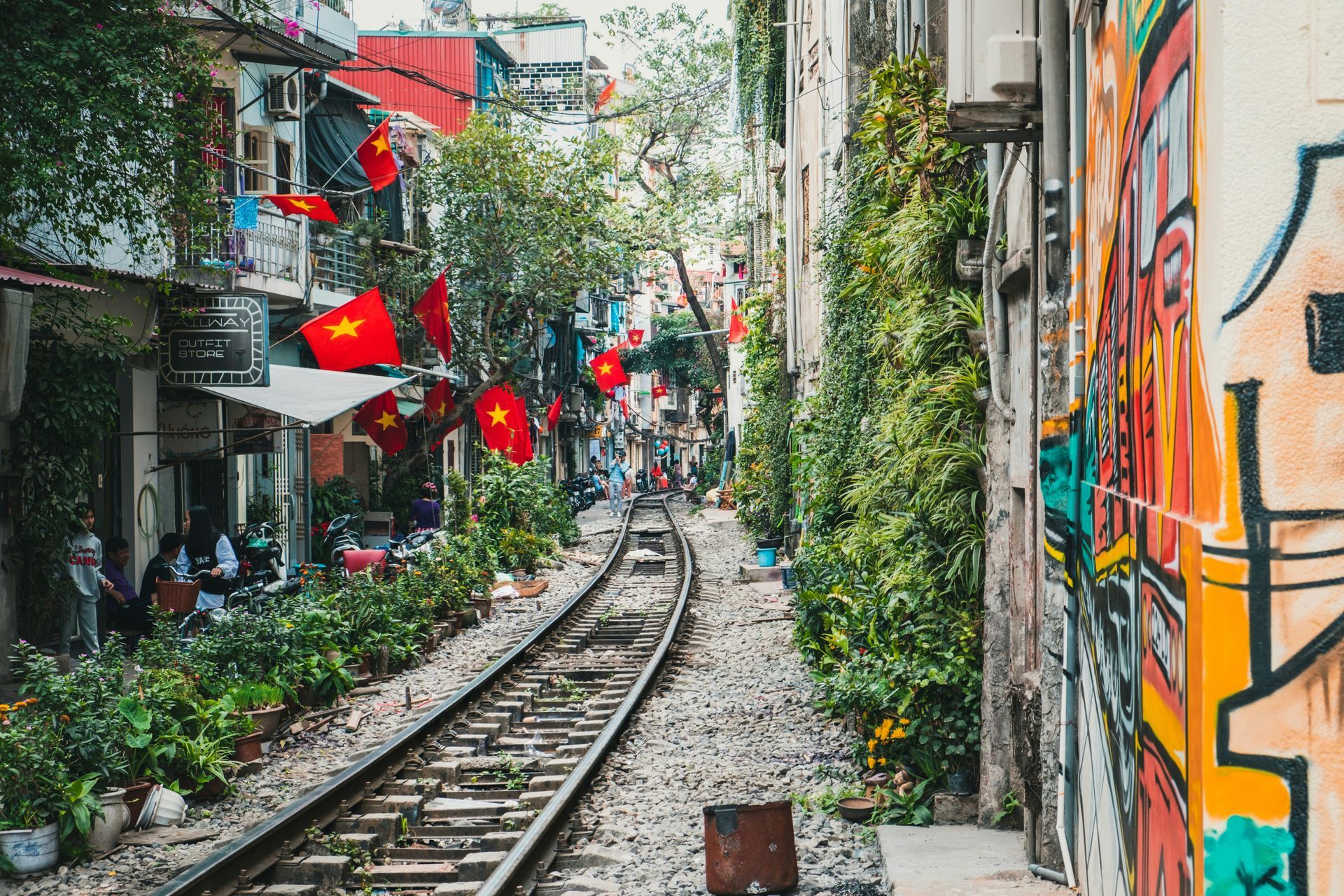
Slide title
Hanoi
Button
Slide title
Hanoi
Button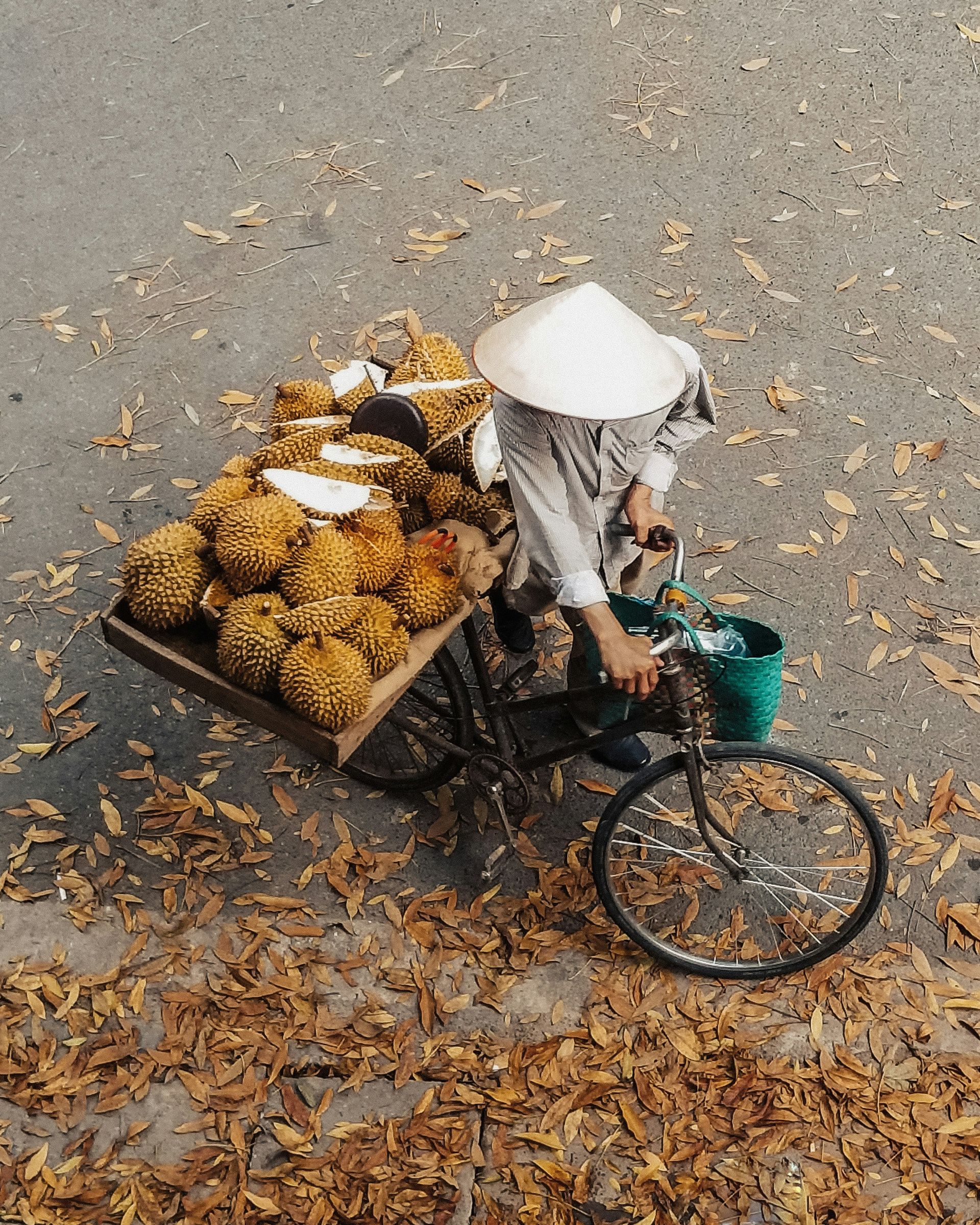
Slide title
Hanoi
Button
Slide title
Hanoi
Button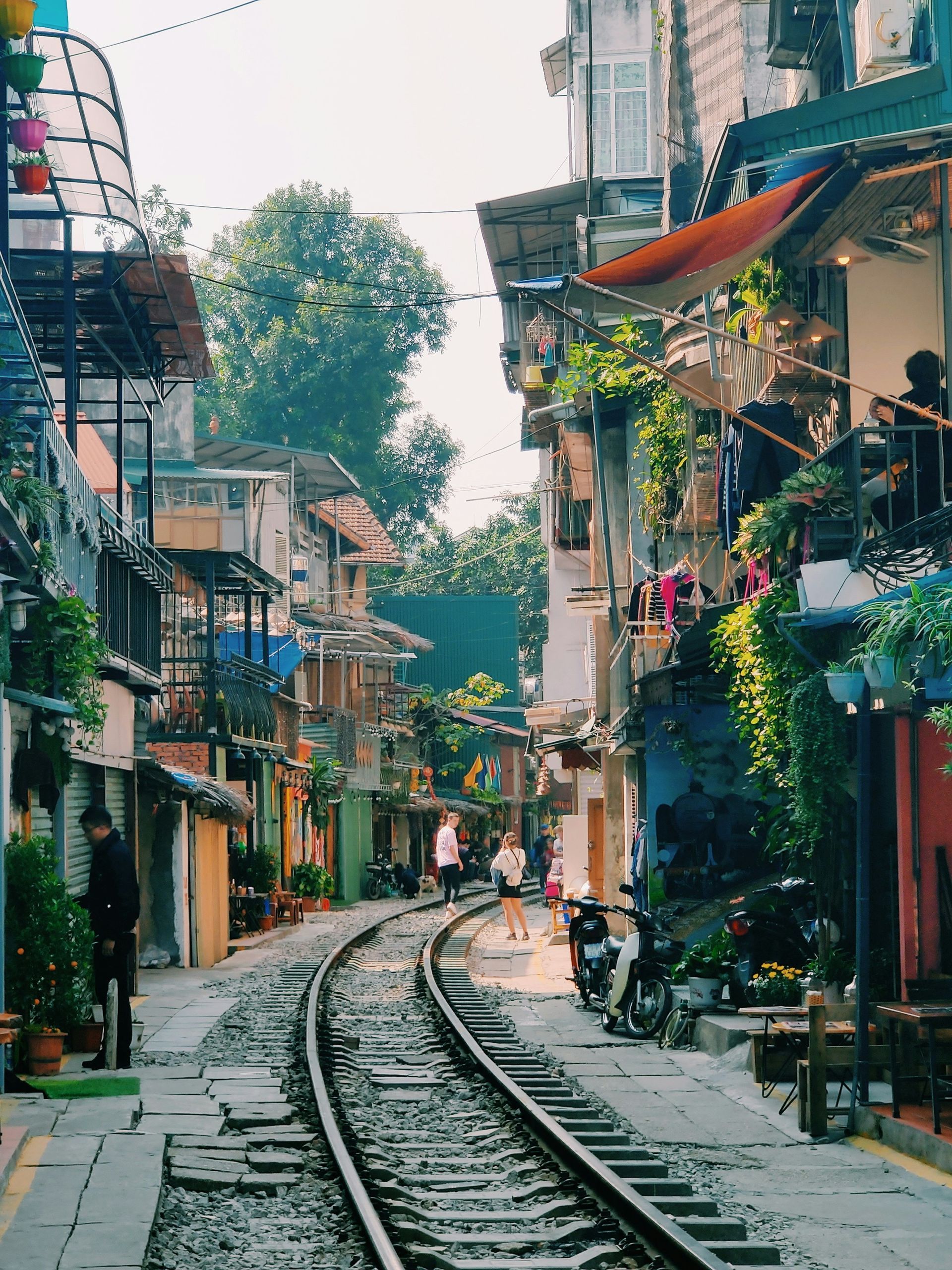
Slide title
Hanoi
Button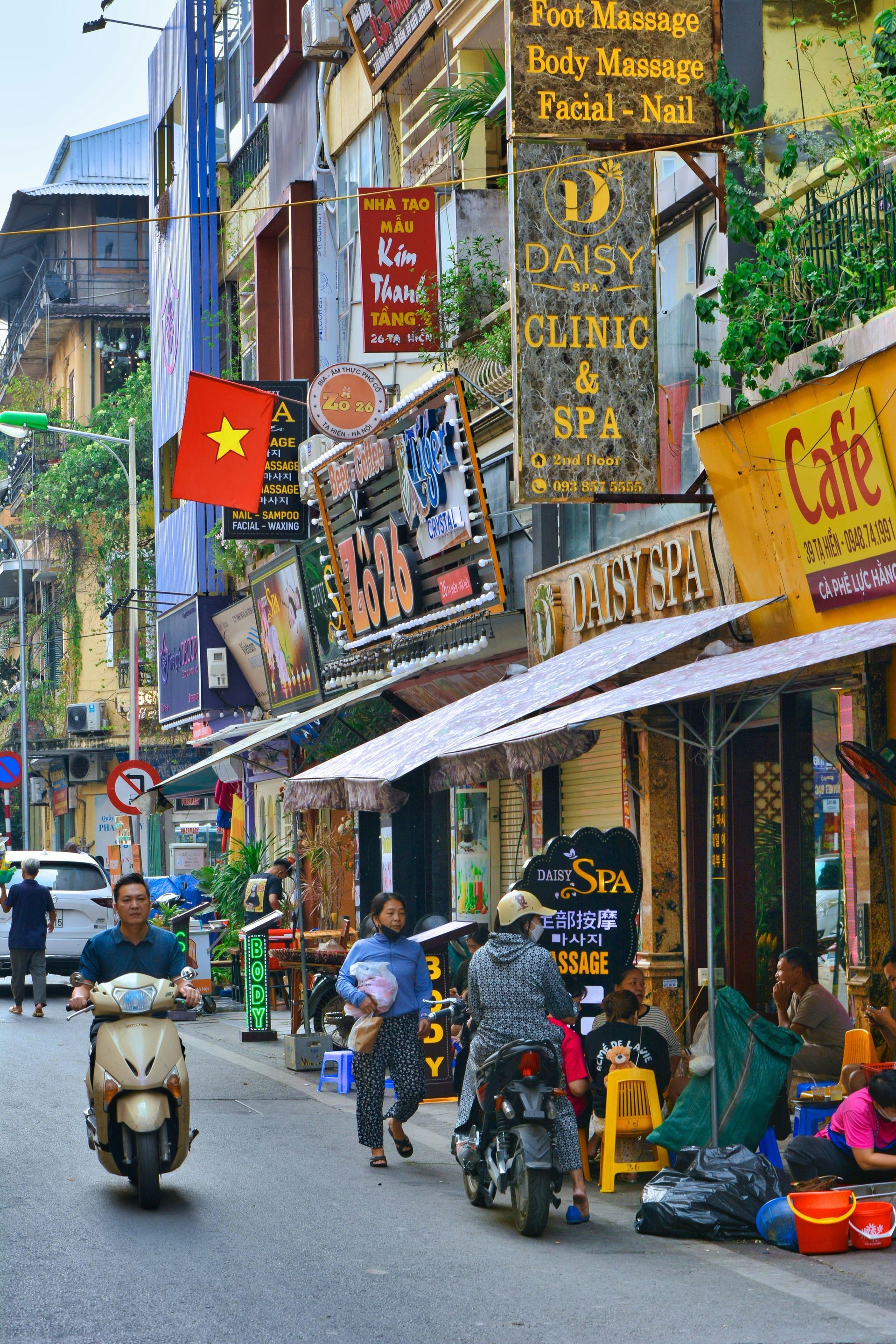
Slide title
Hanoi
Button
Slide title
Hanoi
Button
Slide title
Hanoi
Button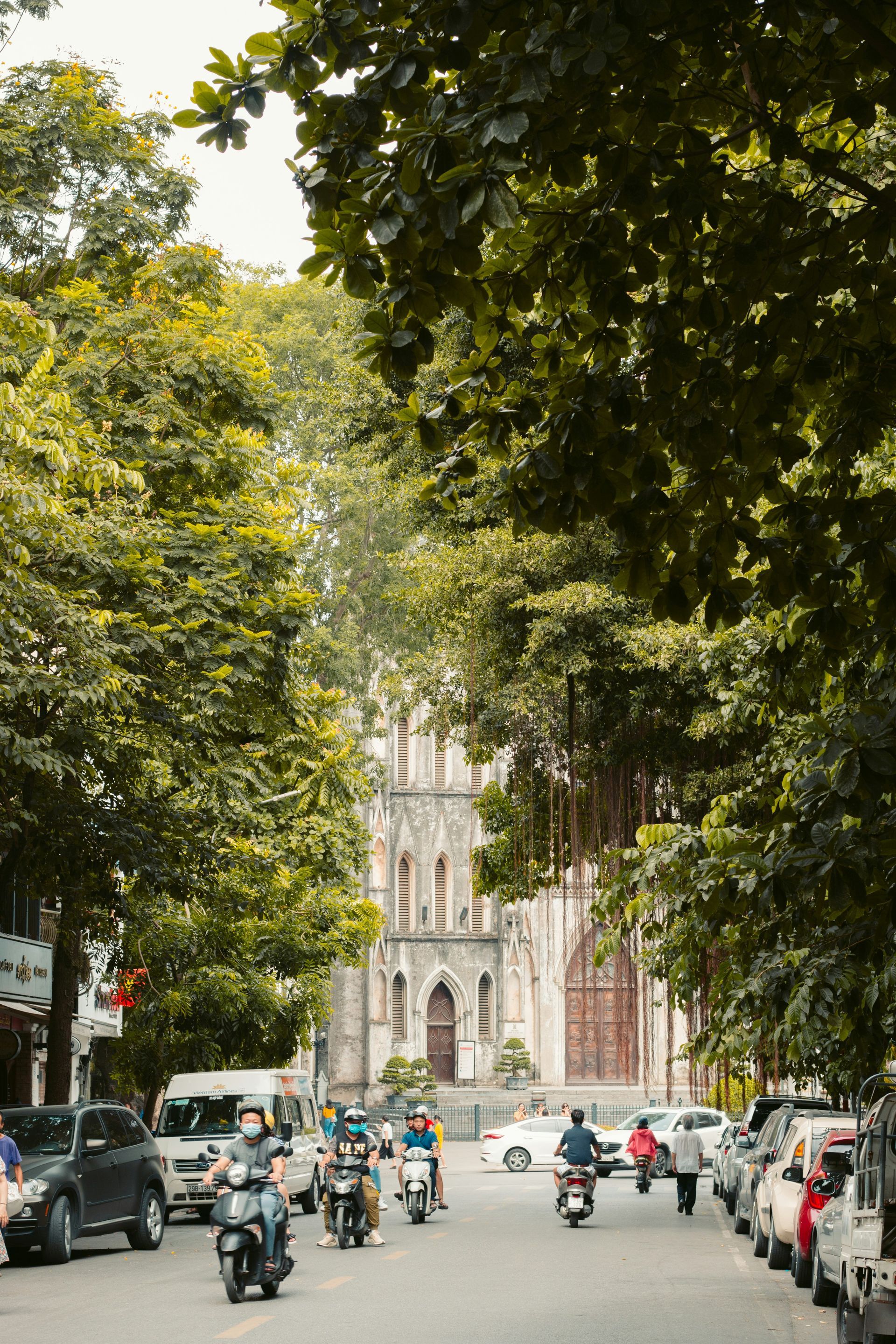
Slide title
Hanoi
Button

Slide title
Halong Bay
Button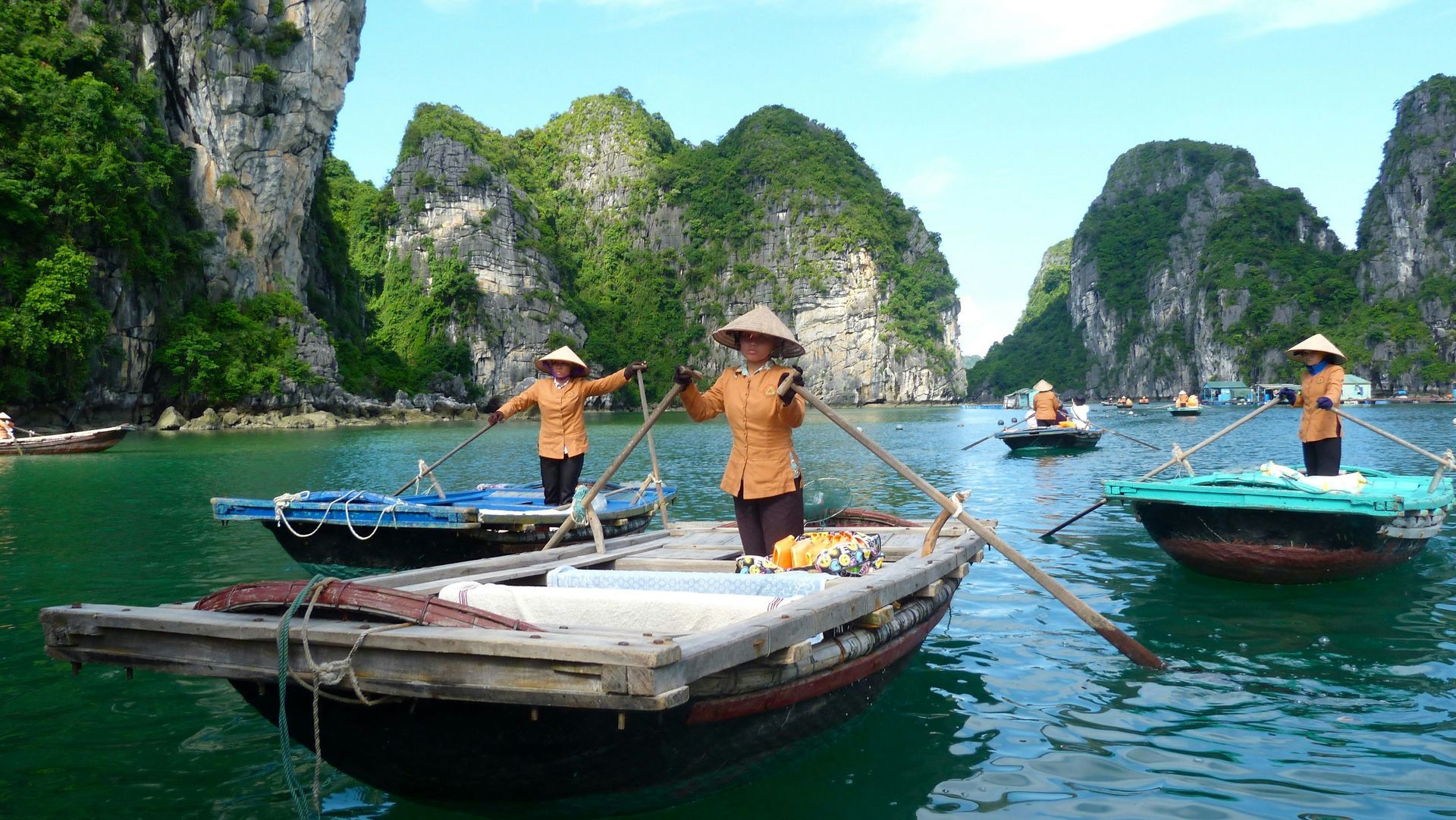
Slide title
Halong Bay
Button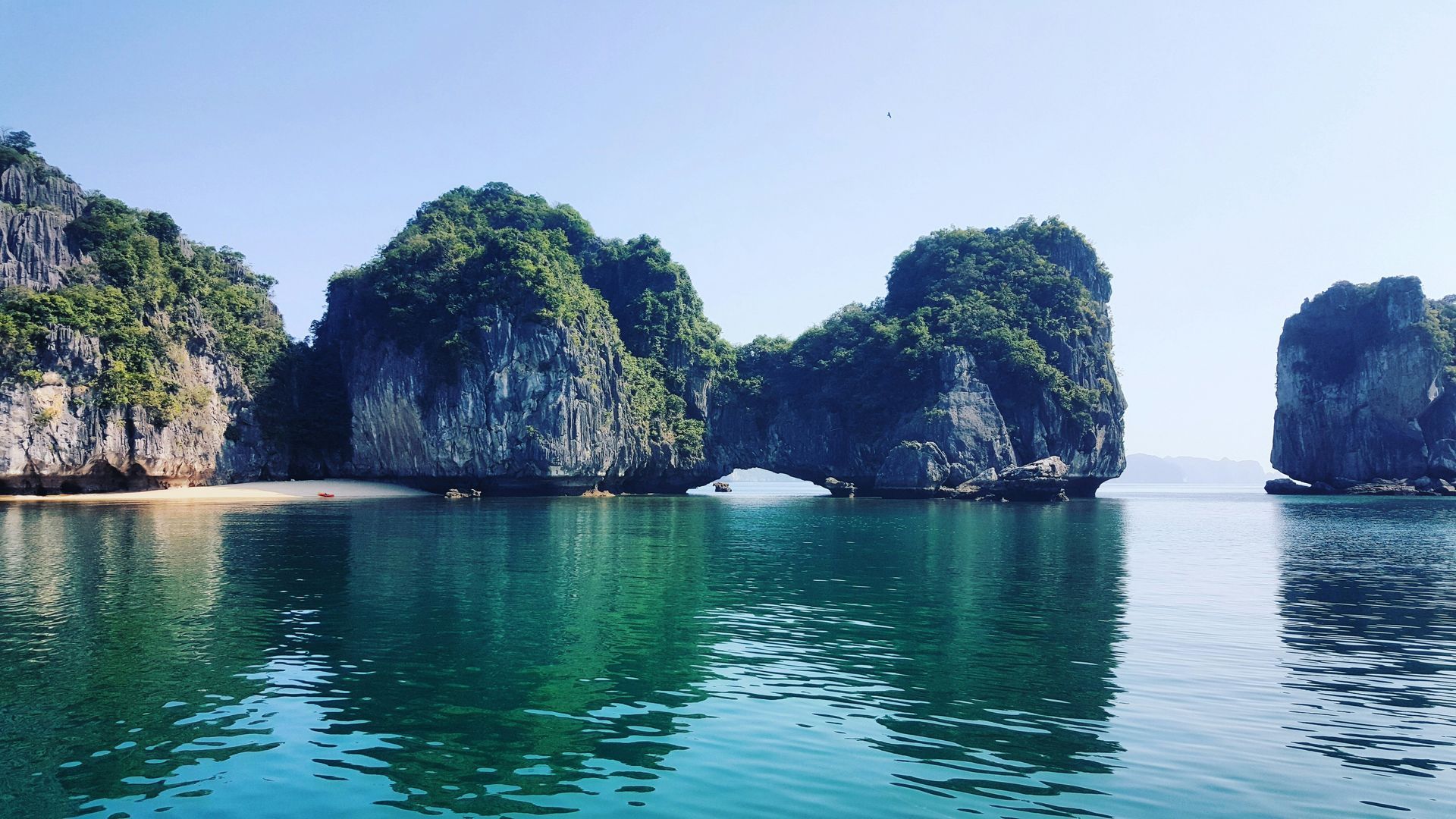
Slide title
Halong Bay
Button
Slide title
Halong Bay
Button
Slide title
Halong Bay
Button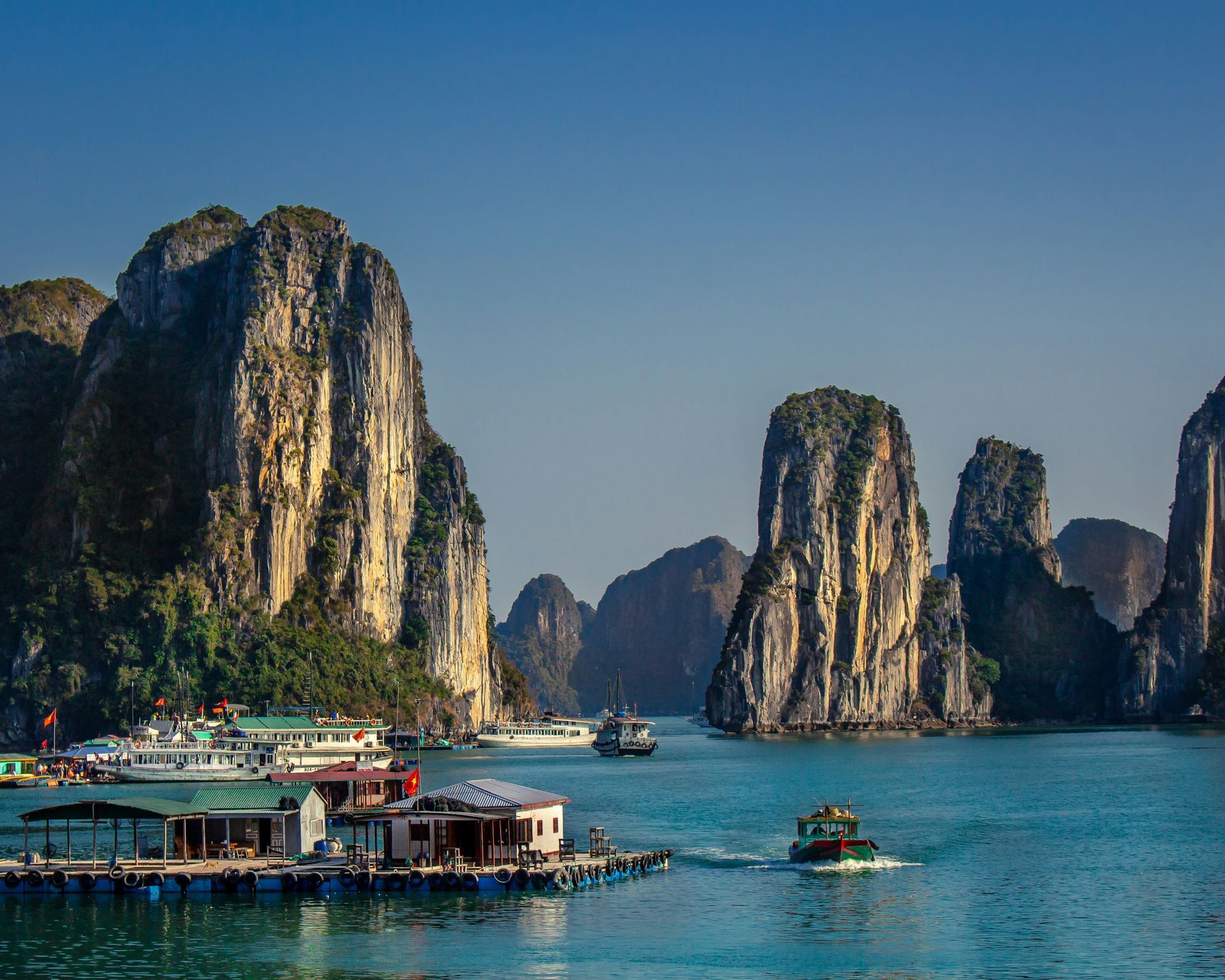
Slide title
Halong Bay
Button
Slide title
Halong Bay
Button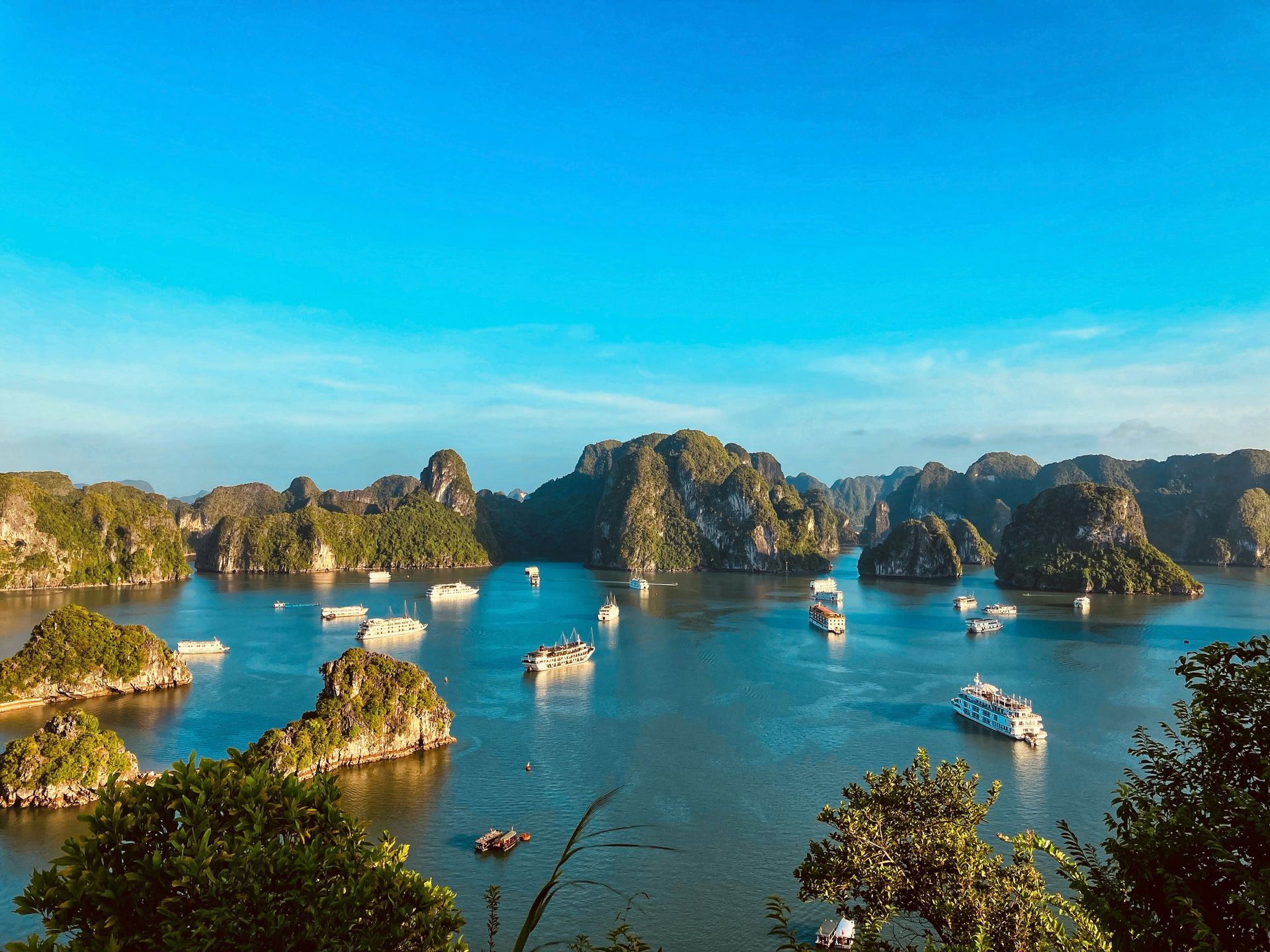
Slide title
Halong Bay
Button
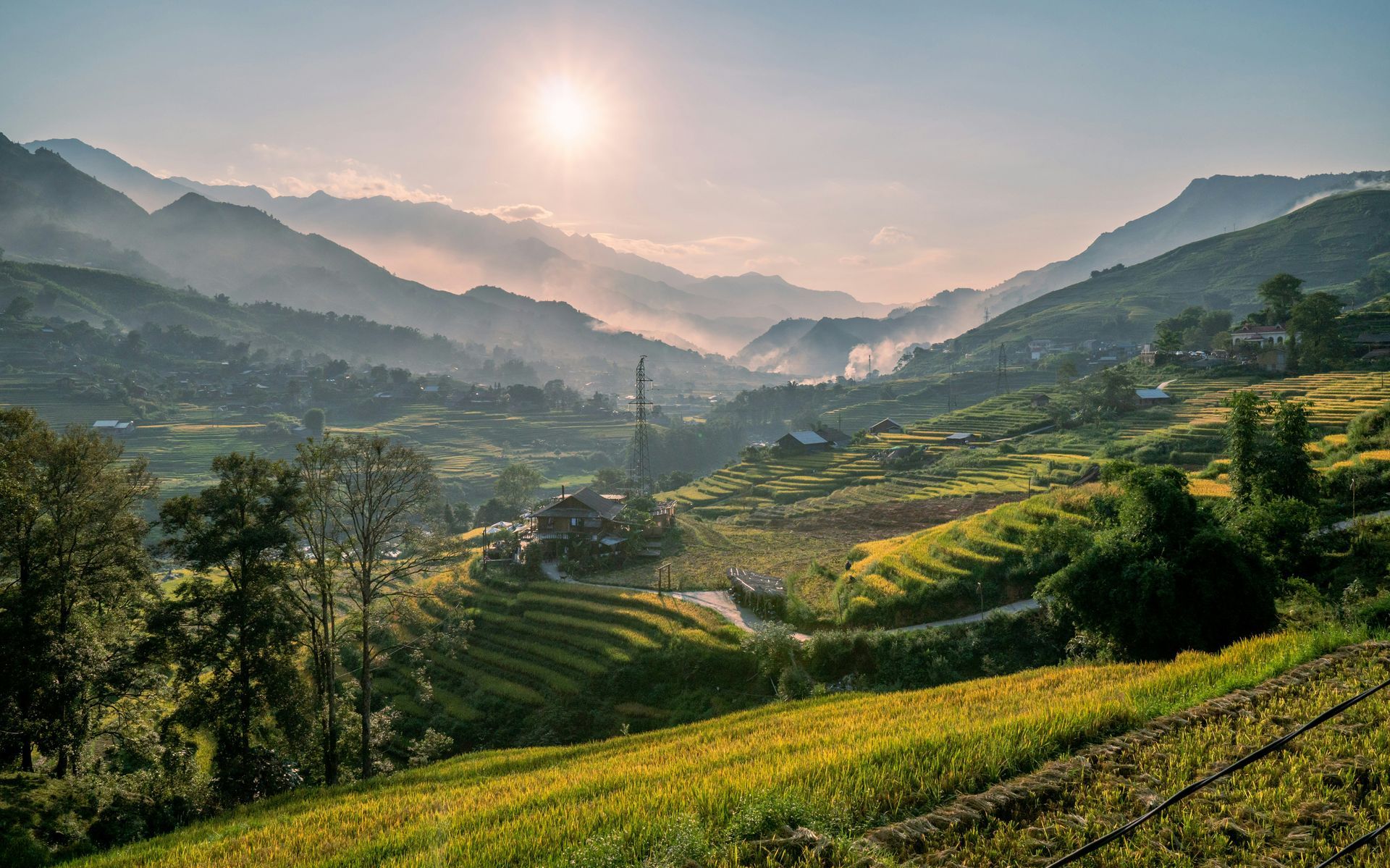
Slide title
Sapa
Button
Slide title
Sapa
Button
Slide title
Sapa
Button
Slide title
Sapa
Button
Slide title
Sapa
Button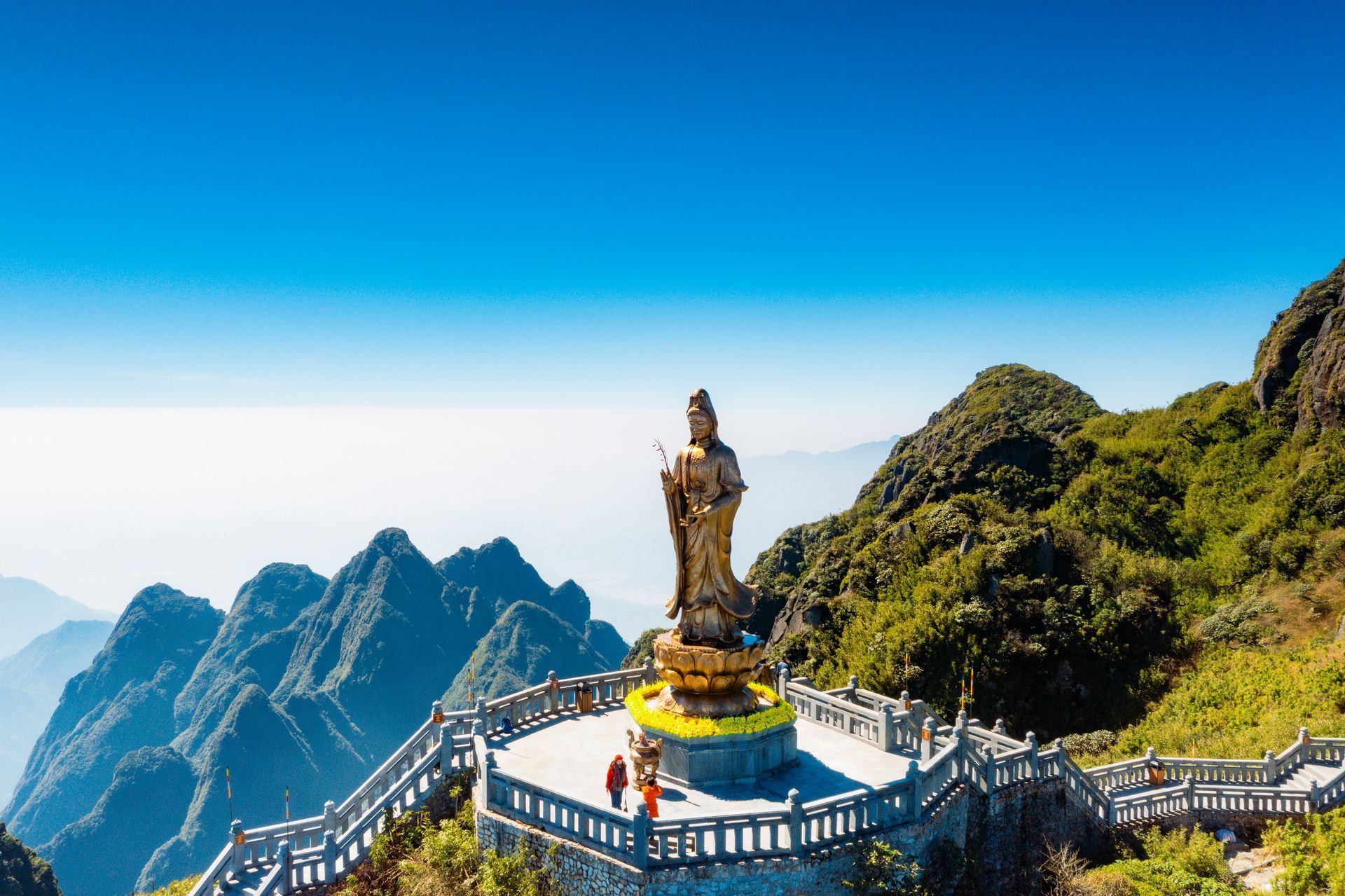
Slide title
Sapa
Button
Slide title
Sapa
Button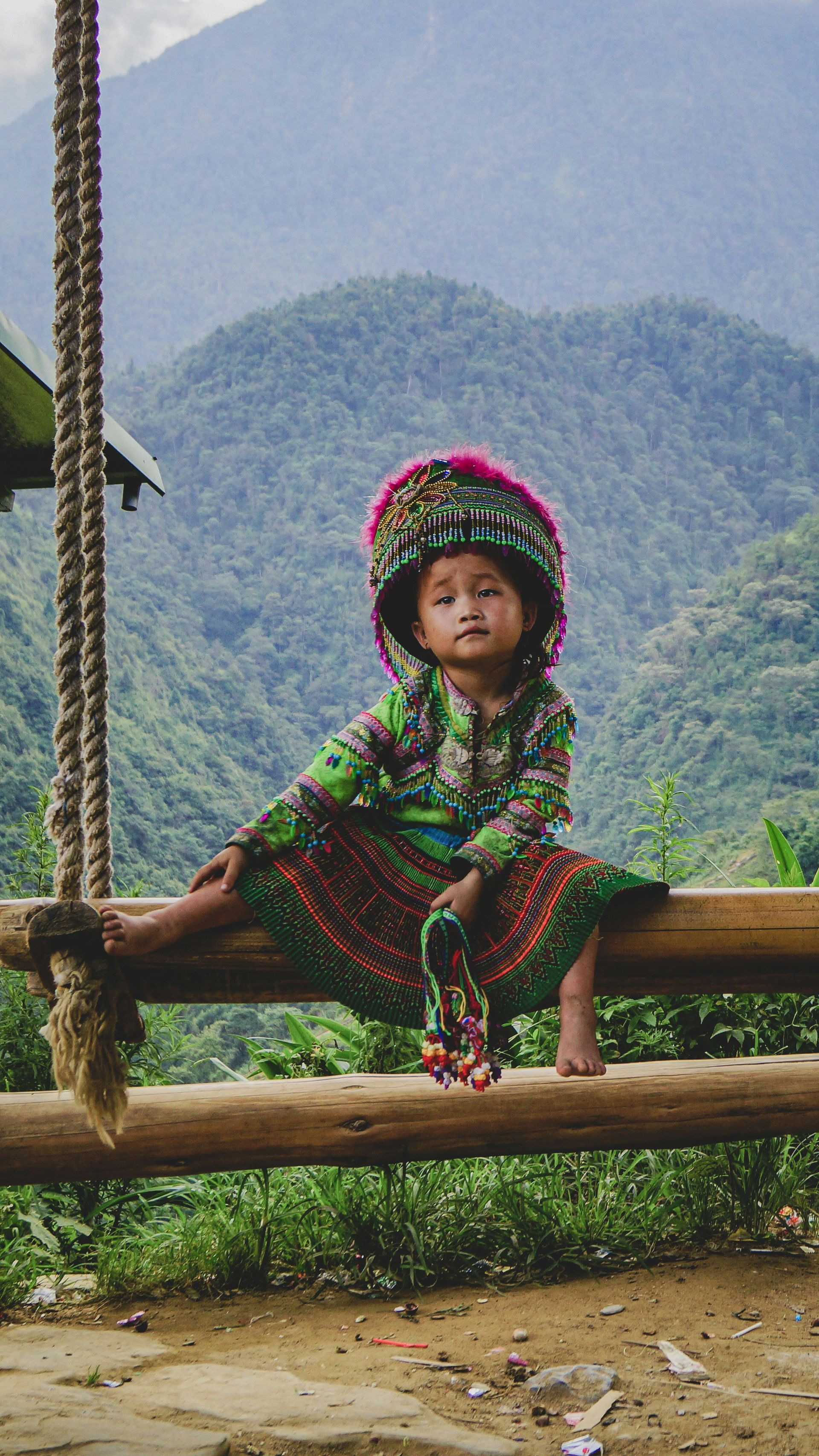
Slide title
Sapa
Button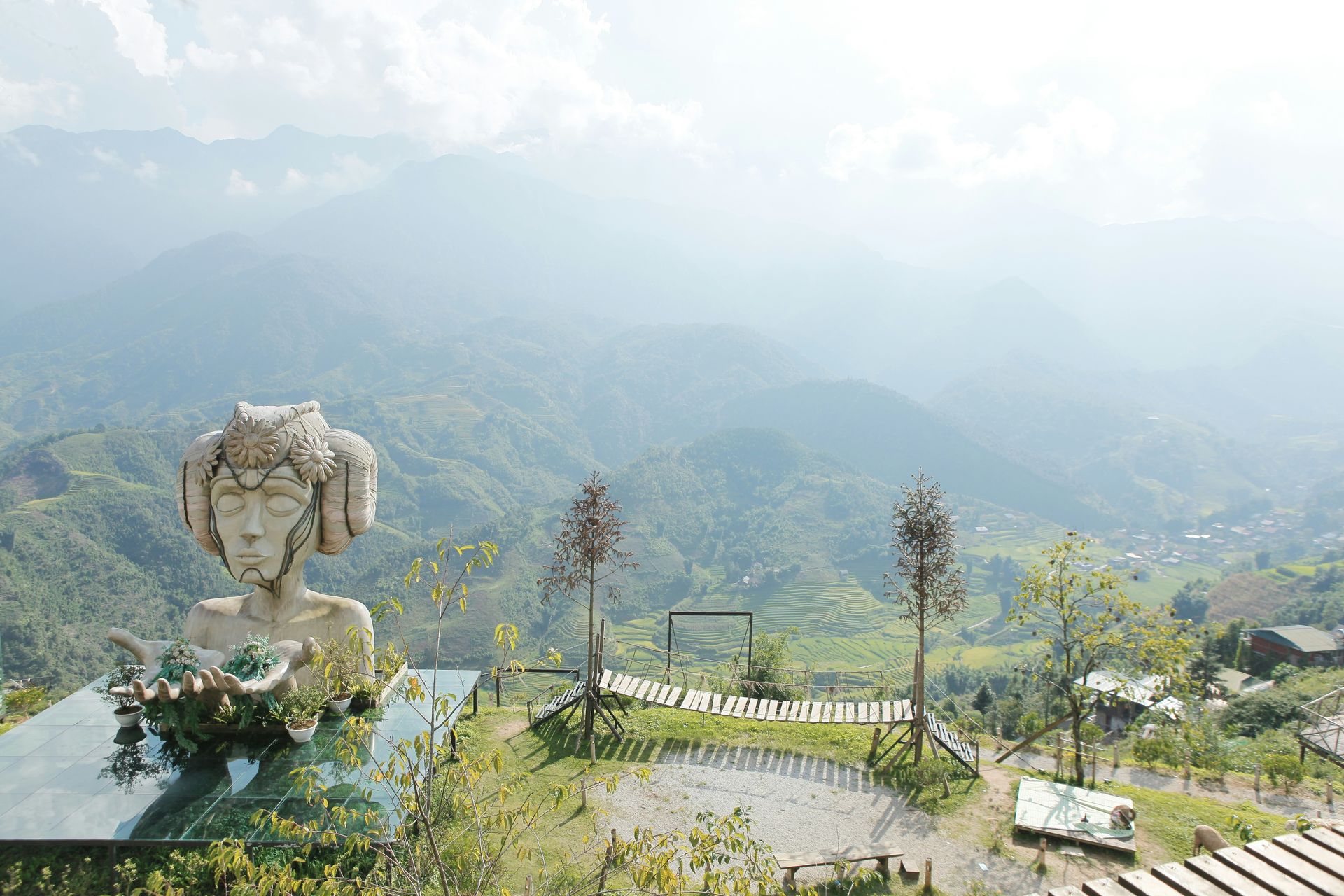
Slide title
Sapa
Button
Slide title
Sapa
Button

Slide title
Ninh Bình
Button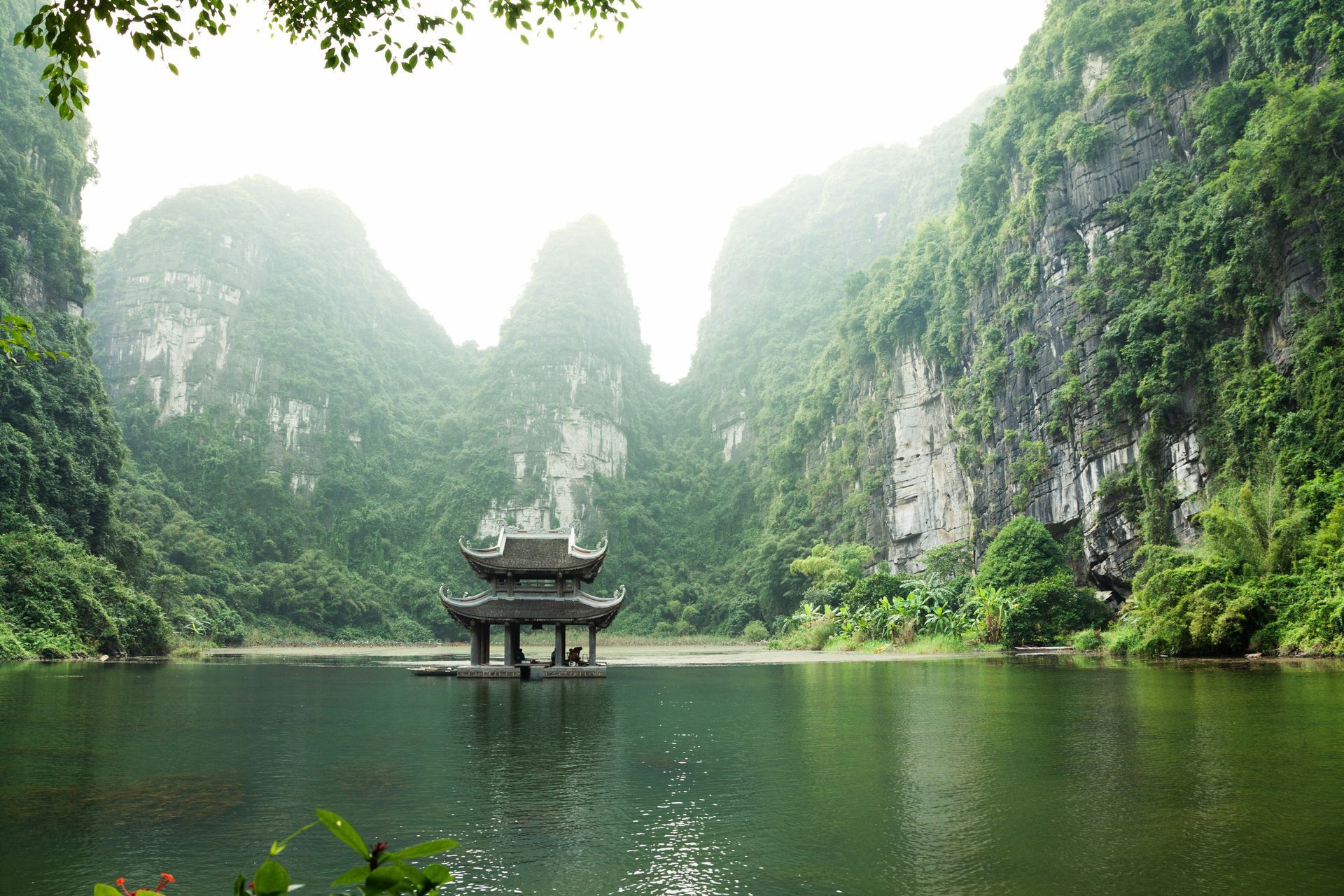
Slide title
Ninh Bình
Button
Slide title
Ninh Bình
Button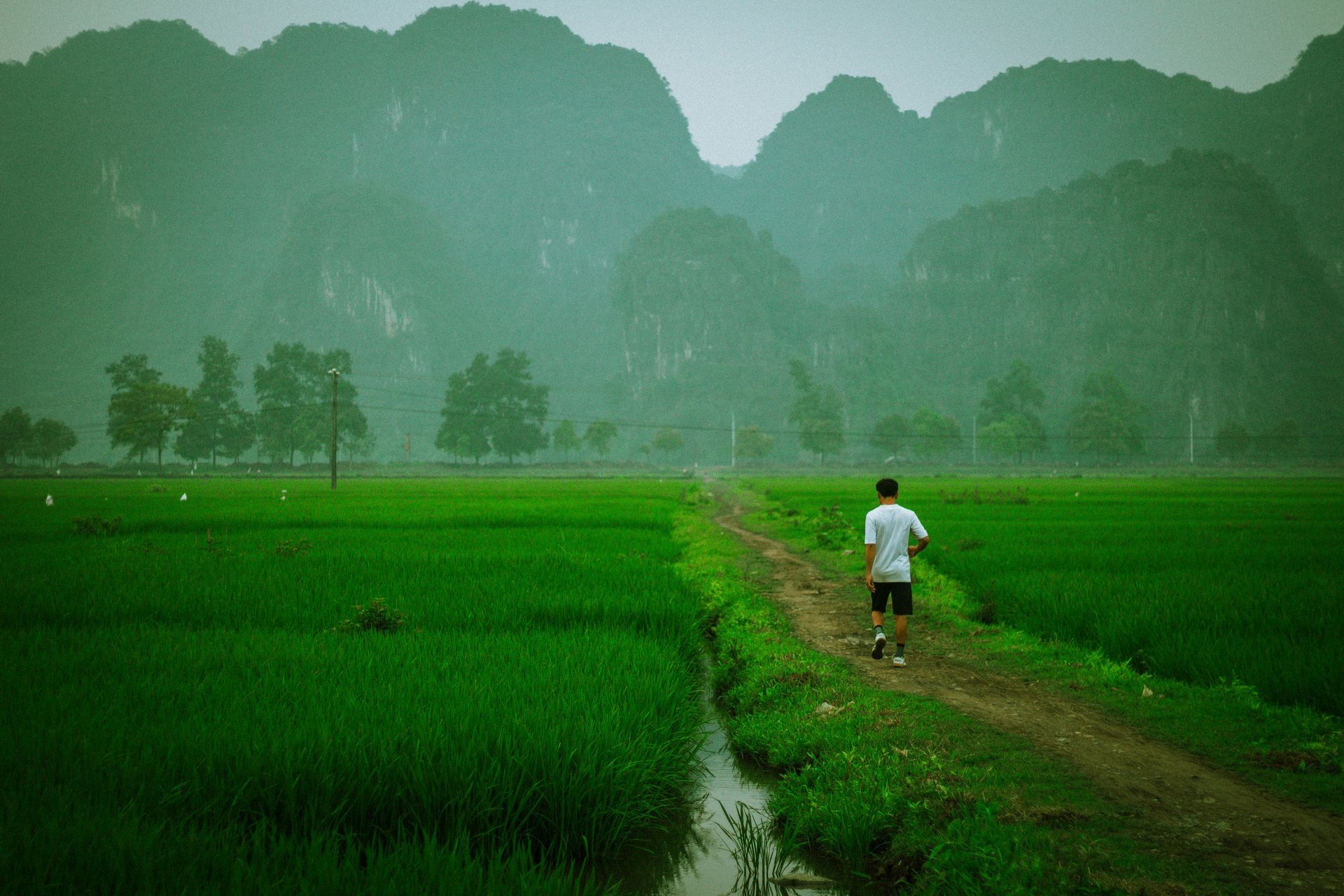
Slide title
Ninh Bình
Button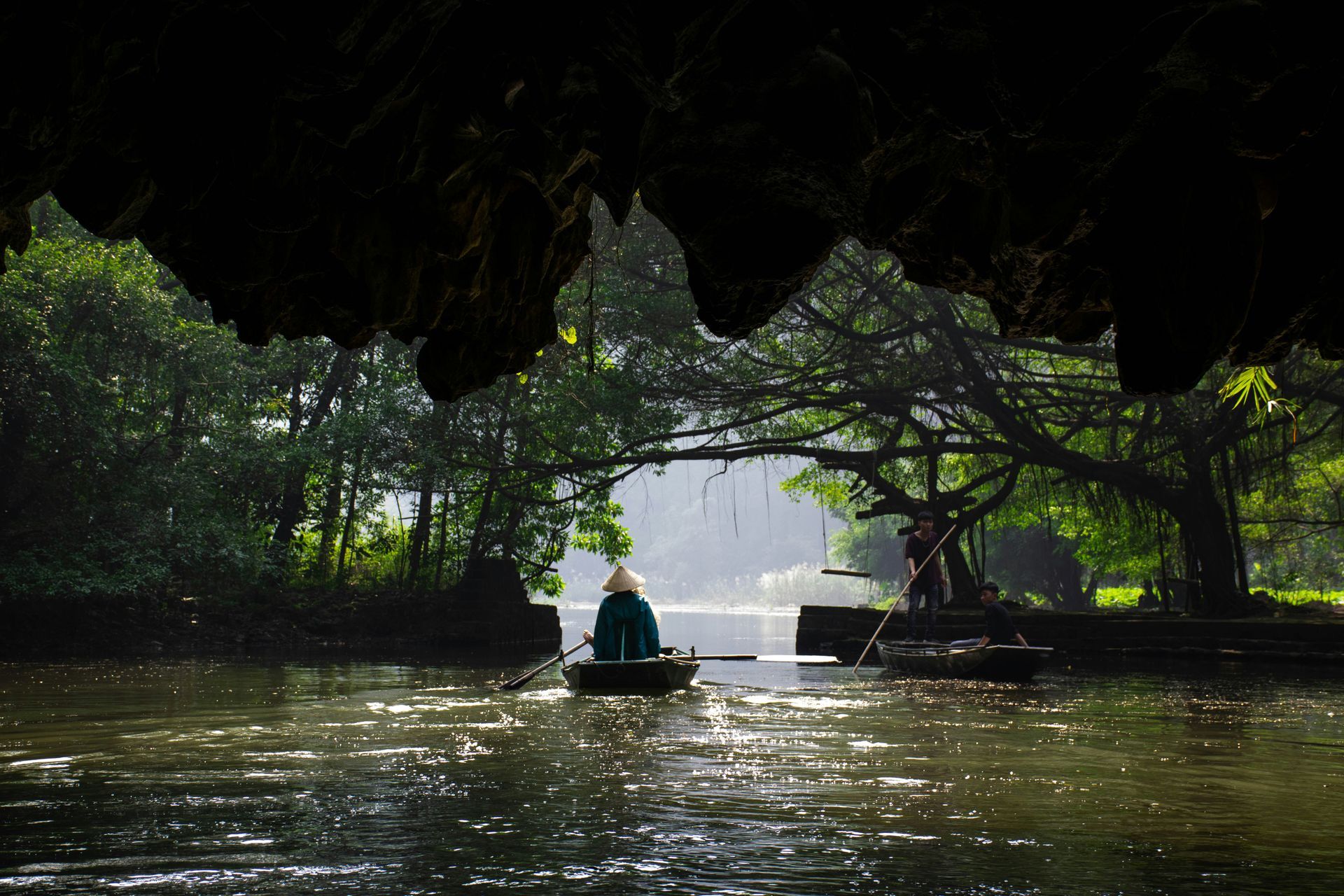
Slide title
Ninh Bình
Button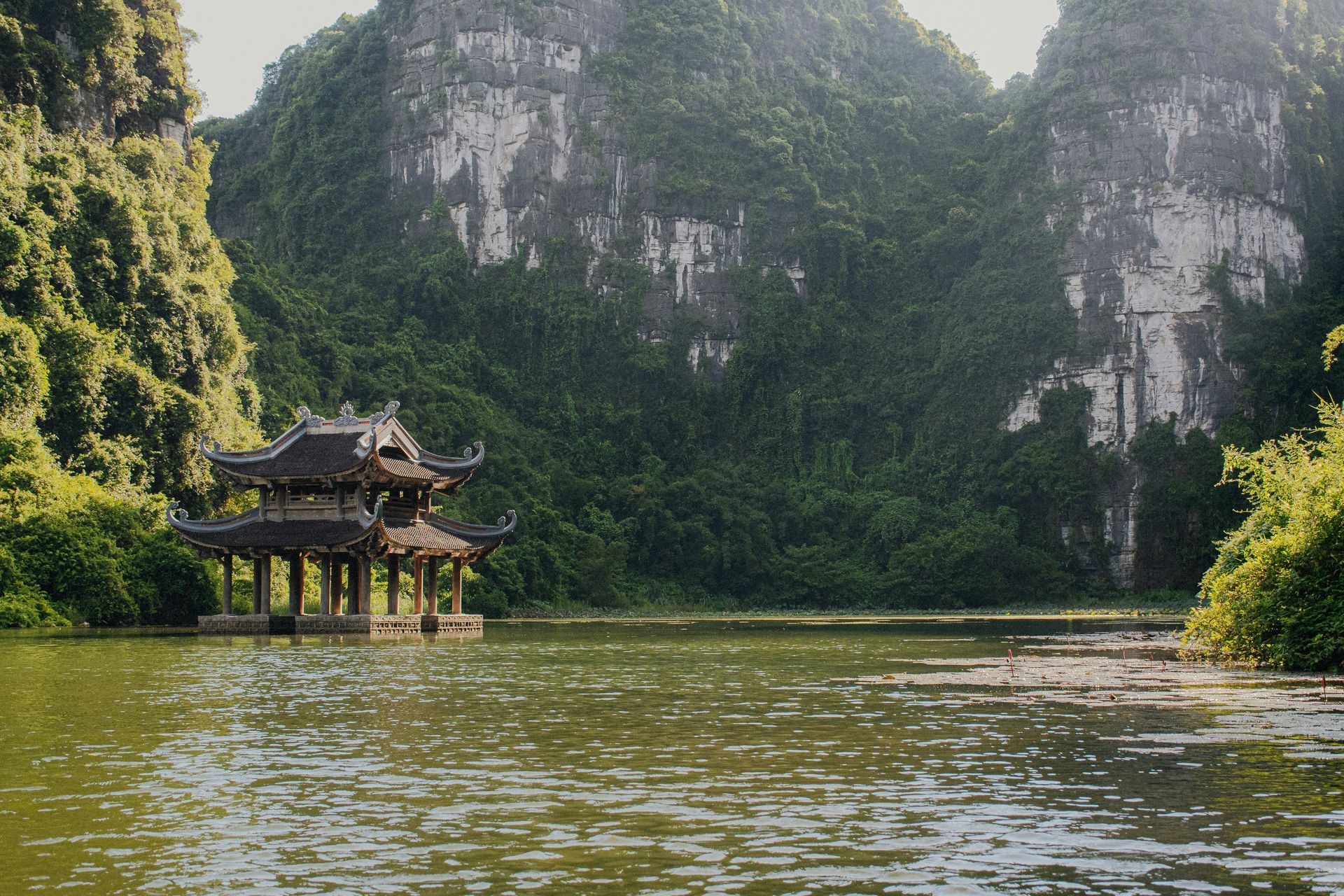
Slide title
Ninh Bình
Button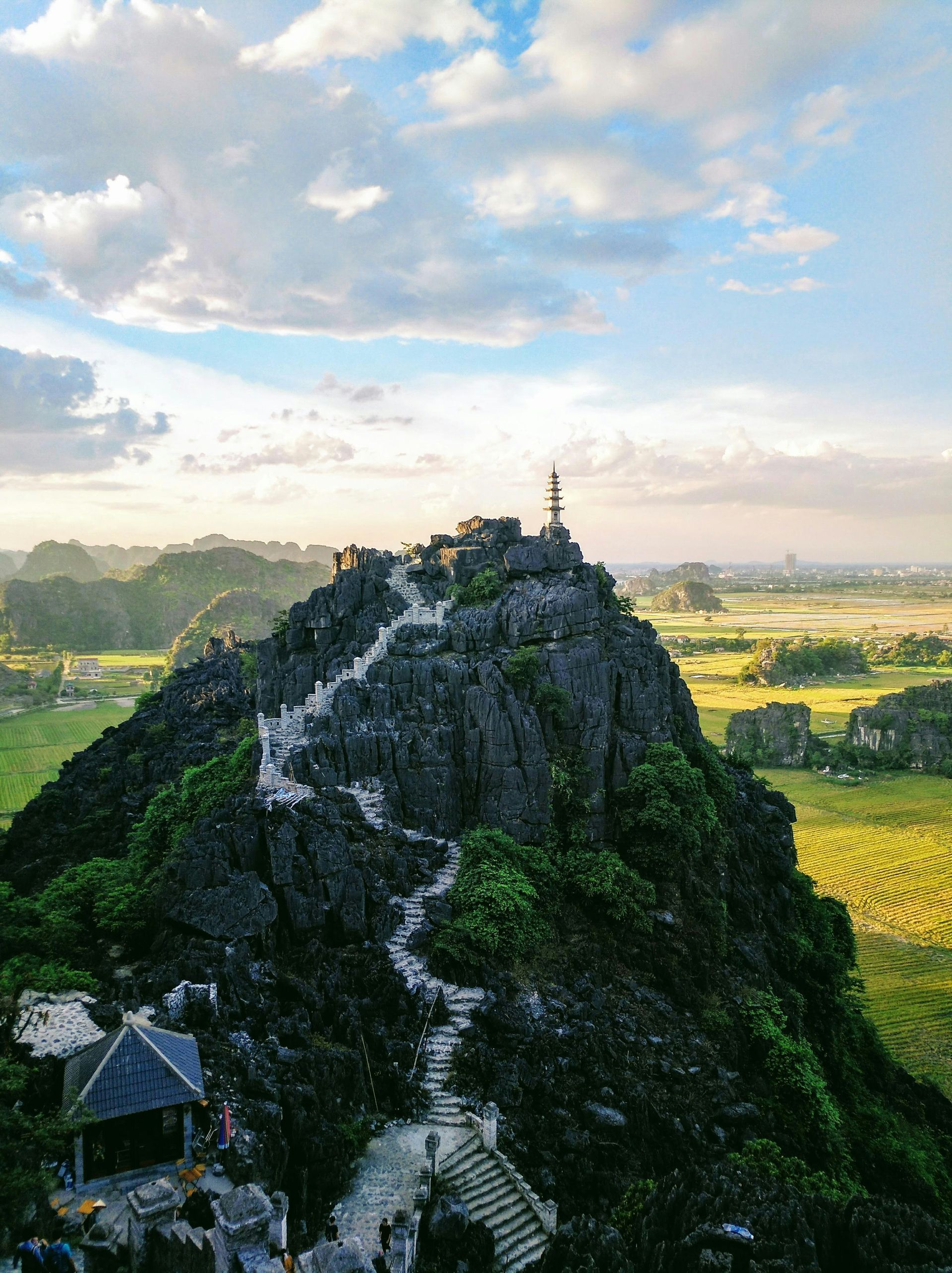
Slide title
Ninh Bình
Button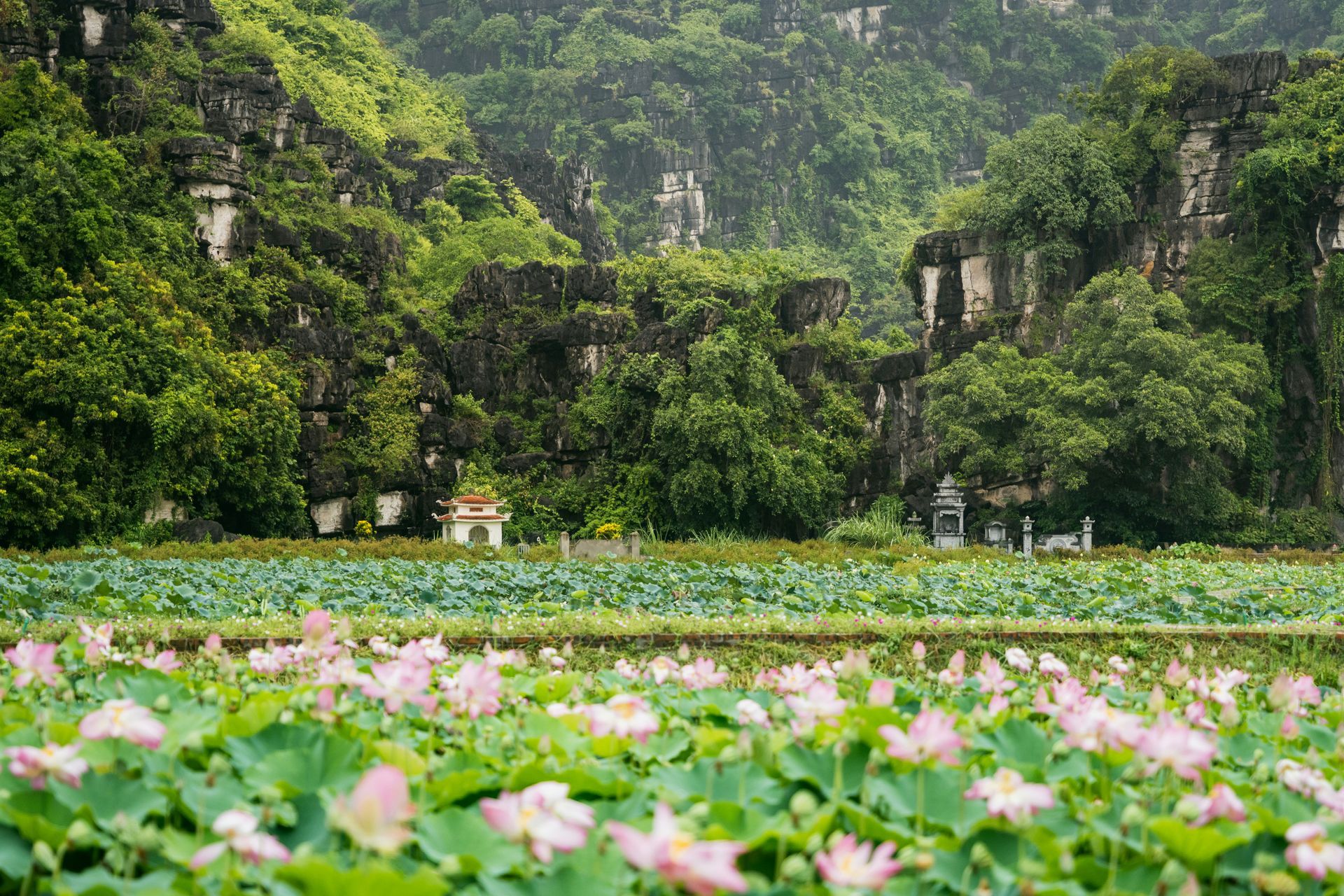
Slide title
Ninh Bình
Button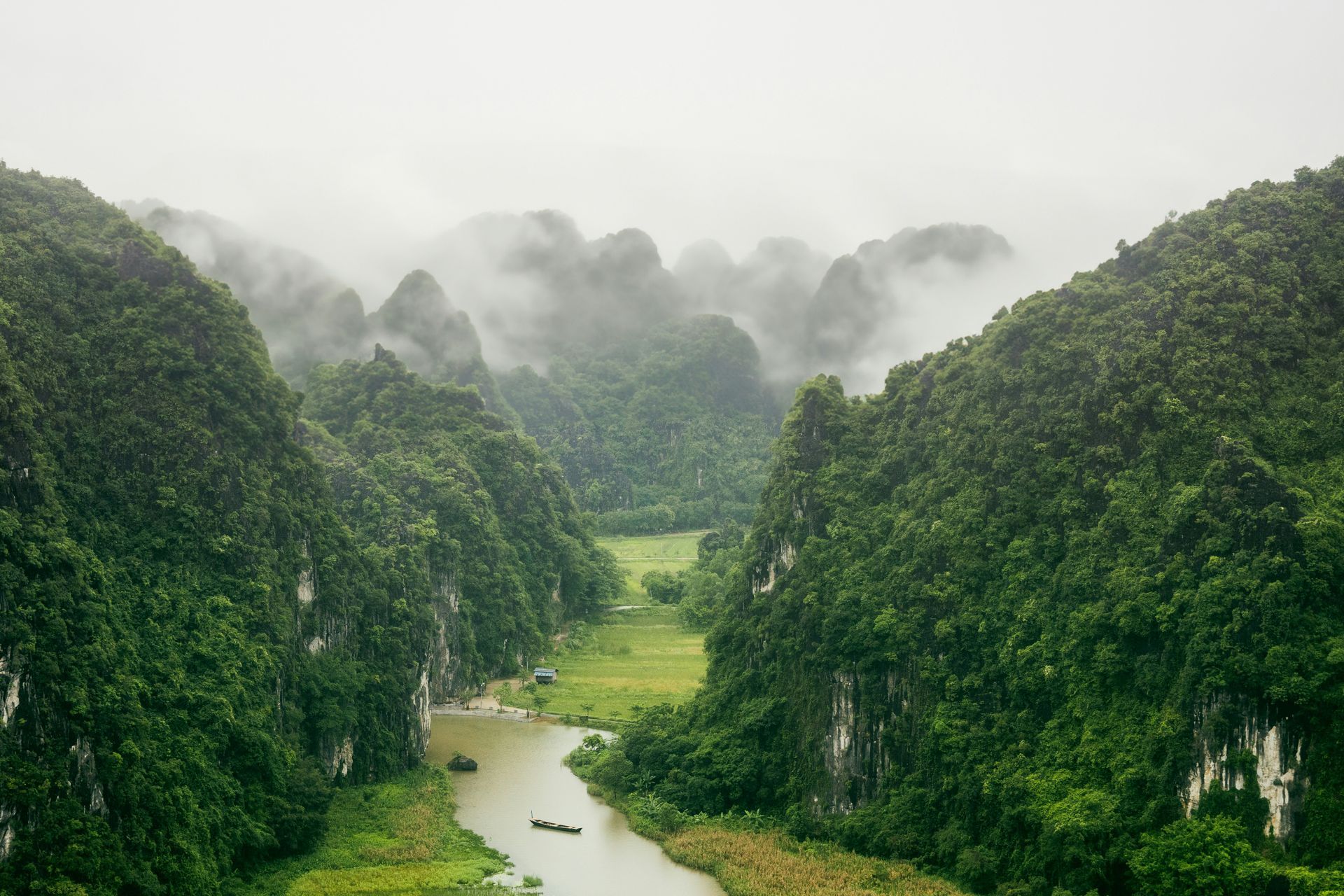
Slide title
Ninh Bình
Button
Slide title
Ninh Bình
Button
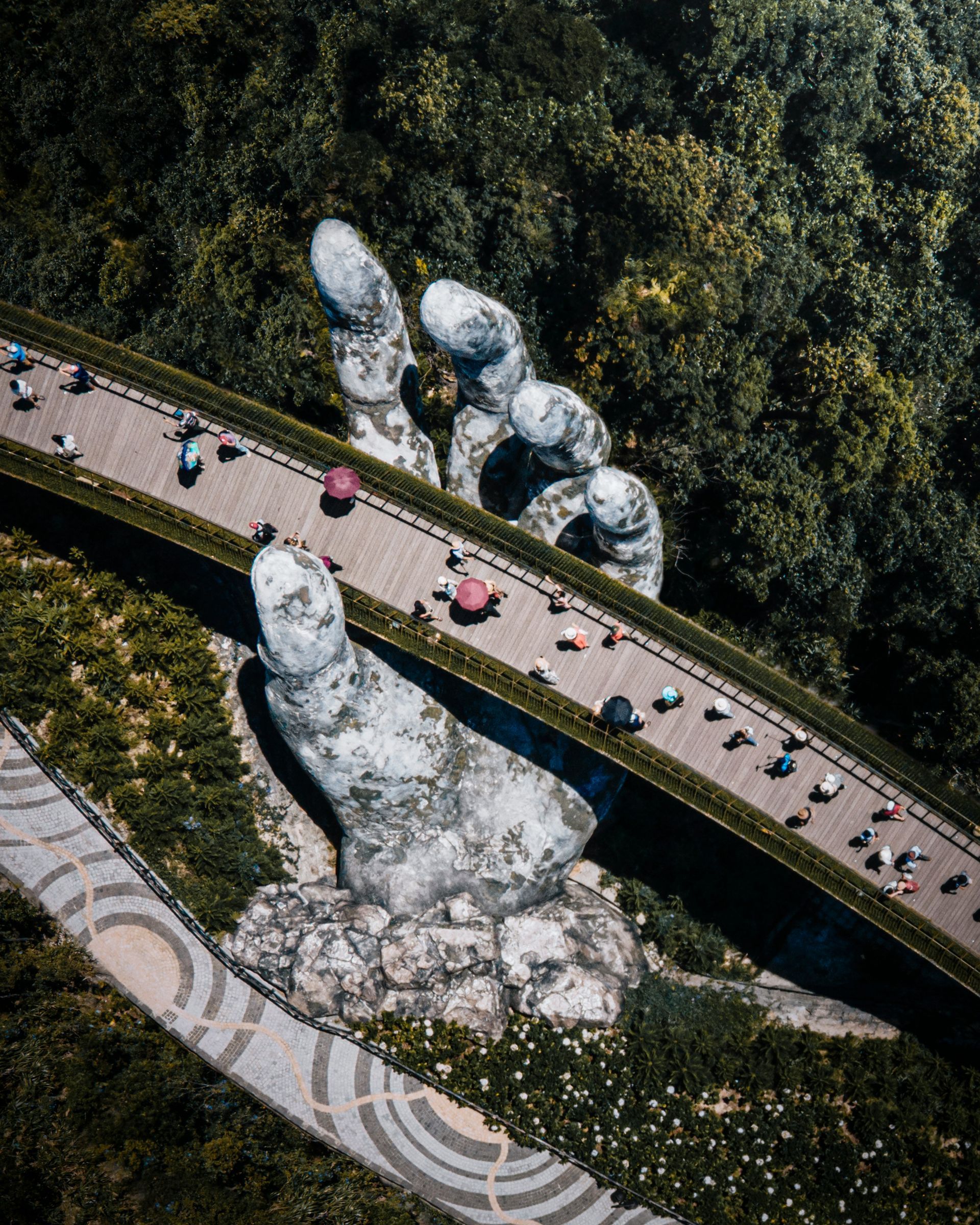
Slide title
Da Nang
Button
Slide title
Da Nang
Button
Slide title
Da Nang
Button
Slide title
Da Nang
Button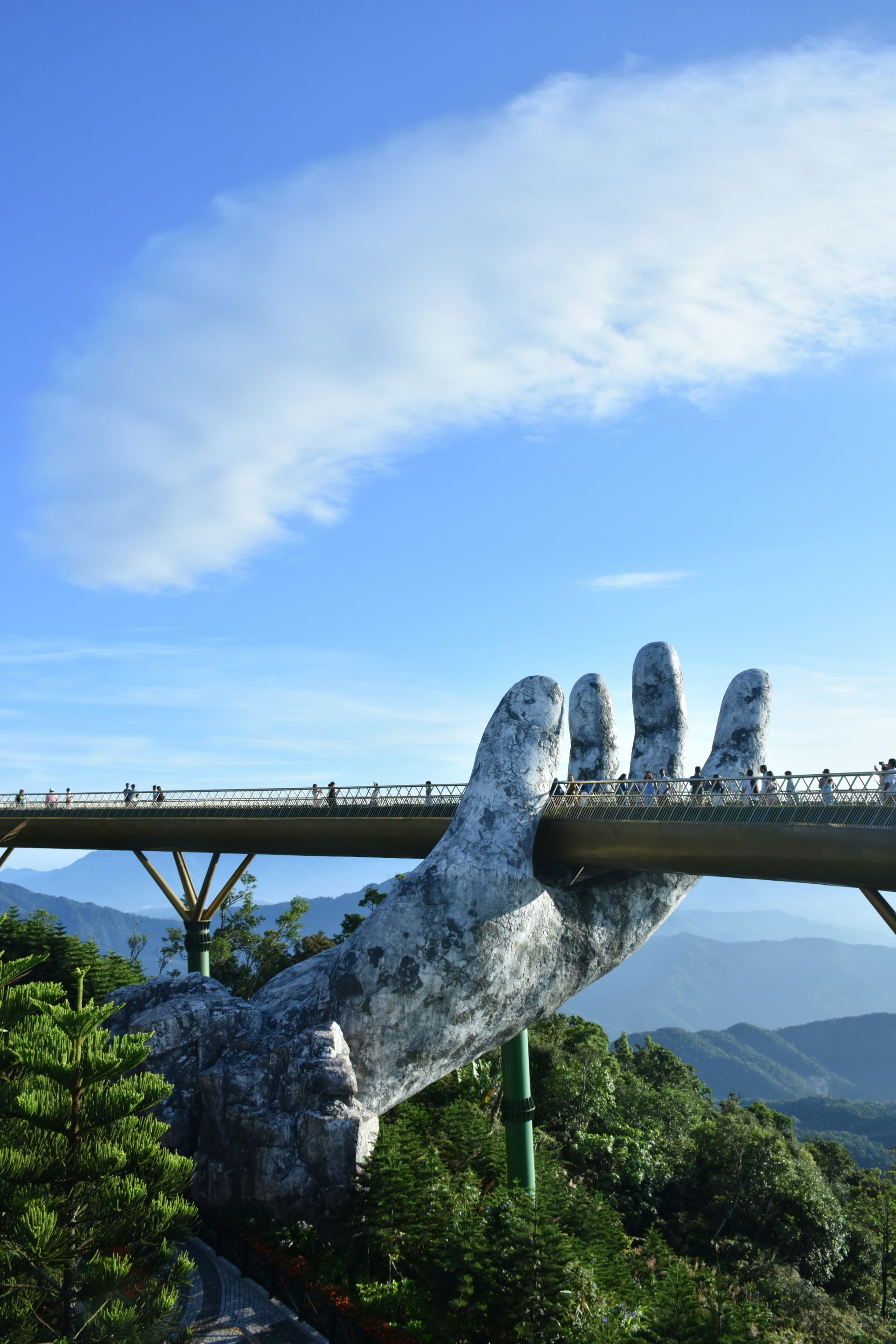
Slide title
Da Nang
Button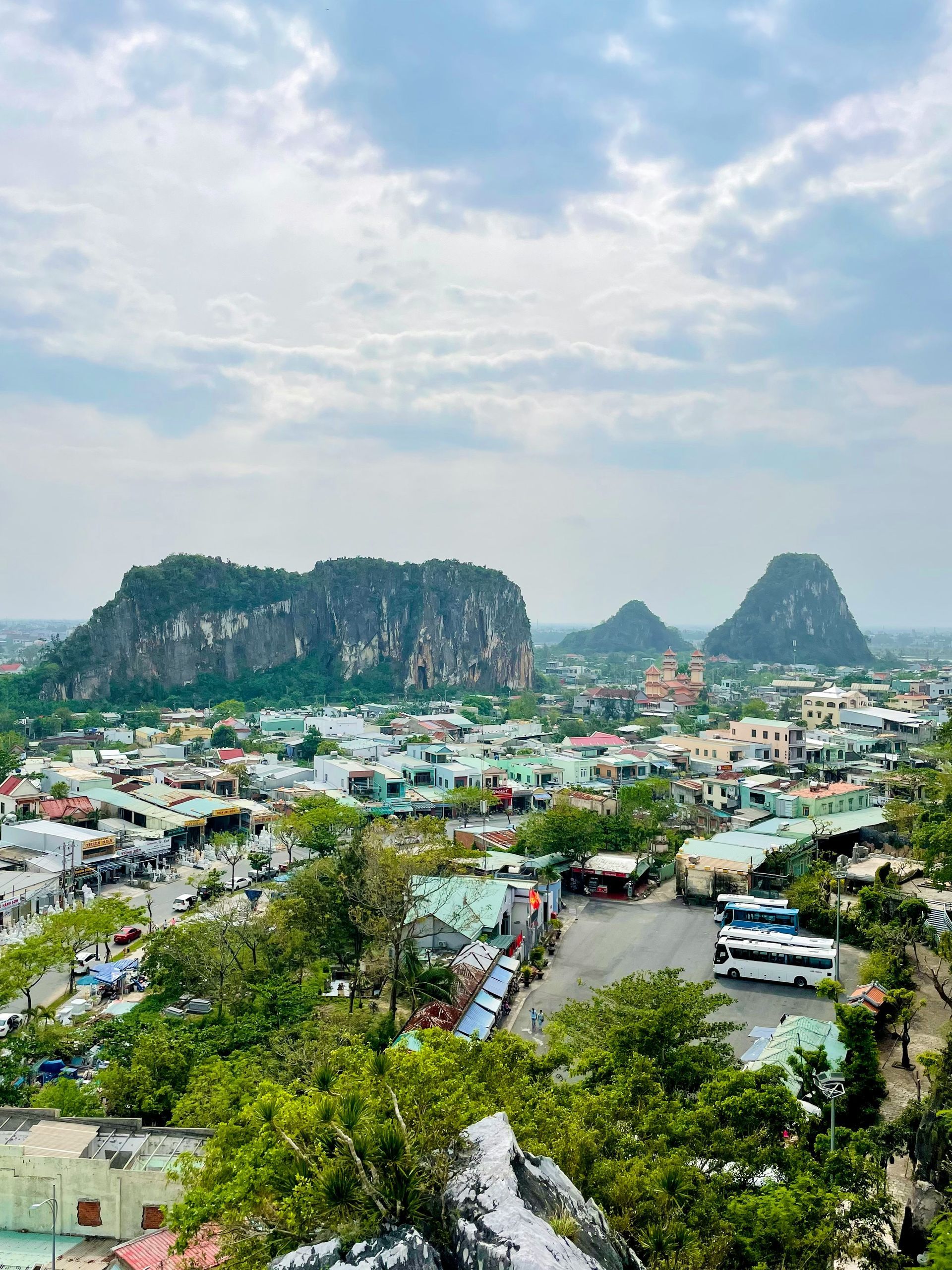
Slide title
Da Nang
Button
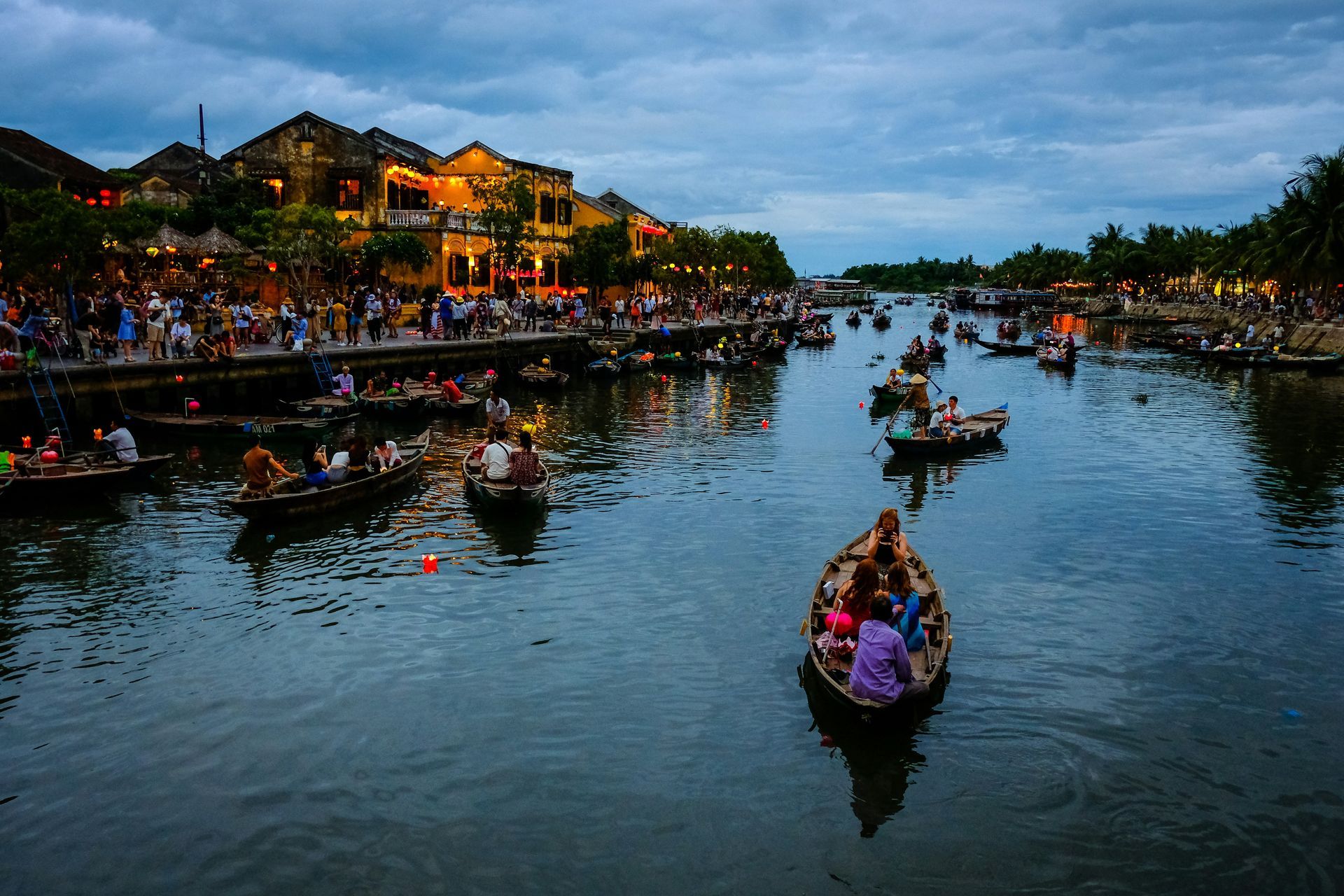
Slide title
Hội An
Button
Slide title
Hội An
Button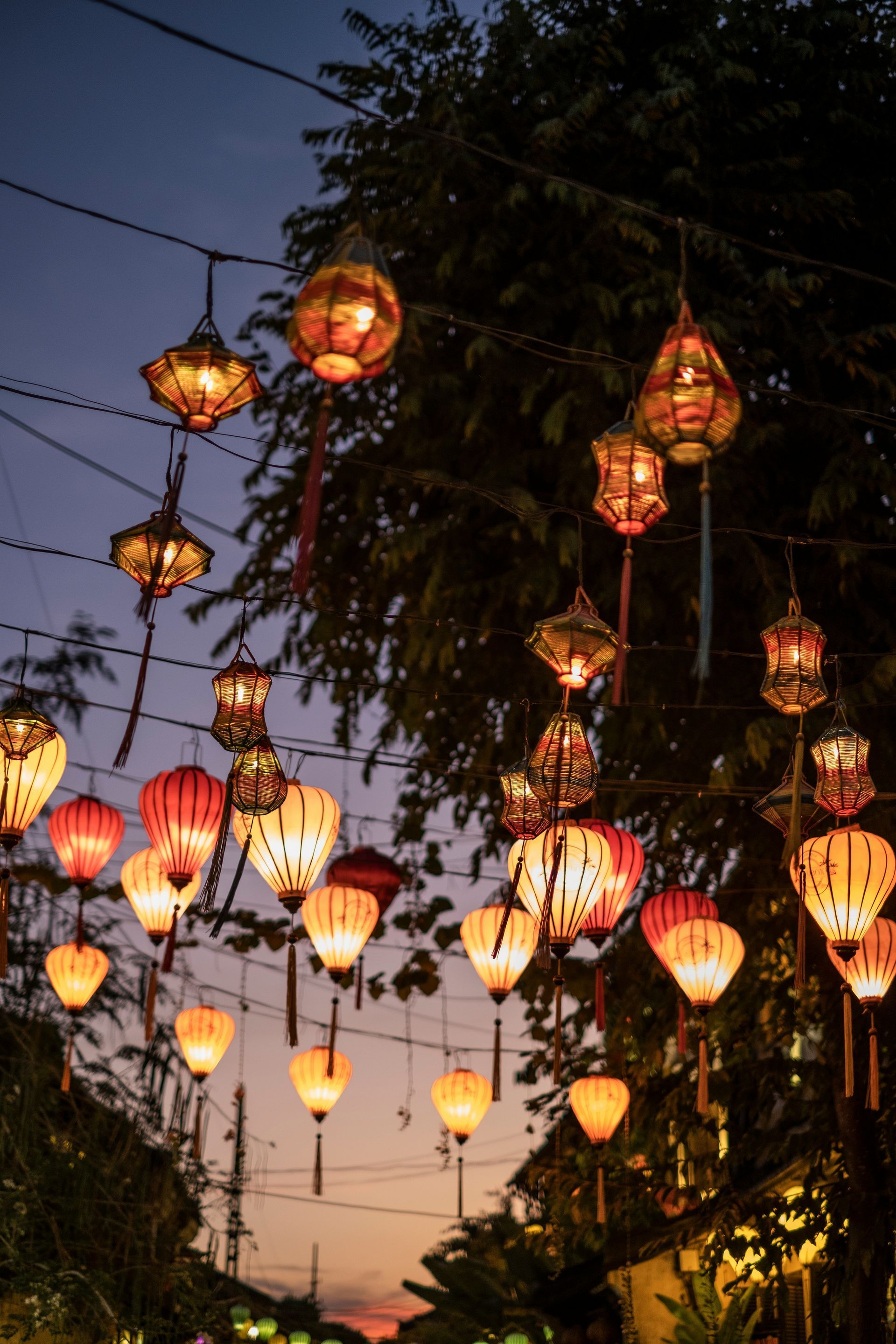
Slide title
Hội An
Button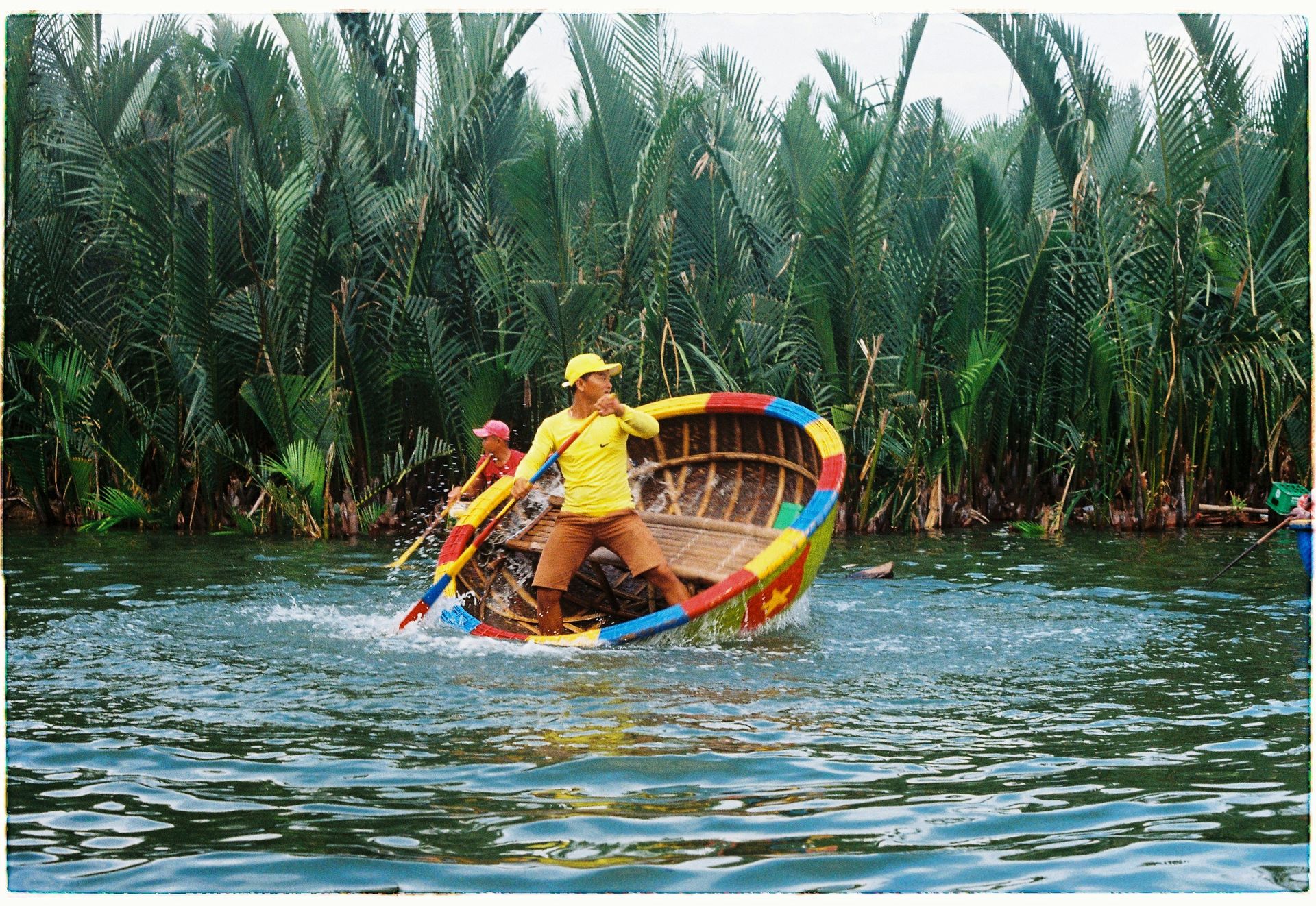
Slide title
Hội An
Button
Slide title
Hội An
Button
Slide title
Hội An
Button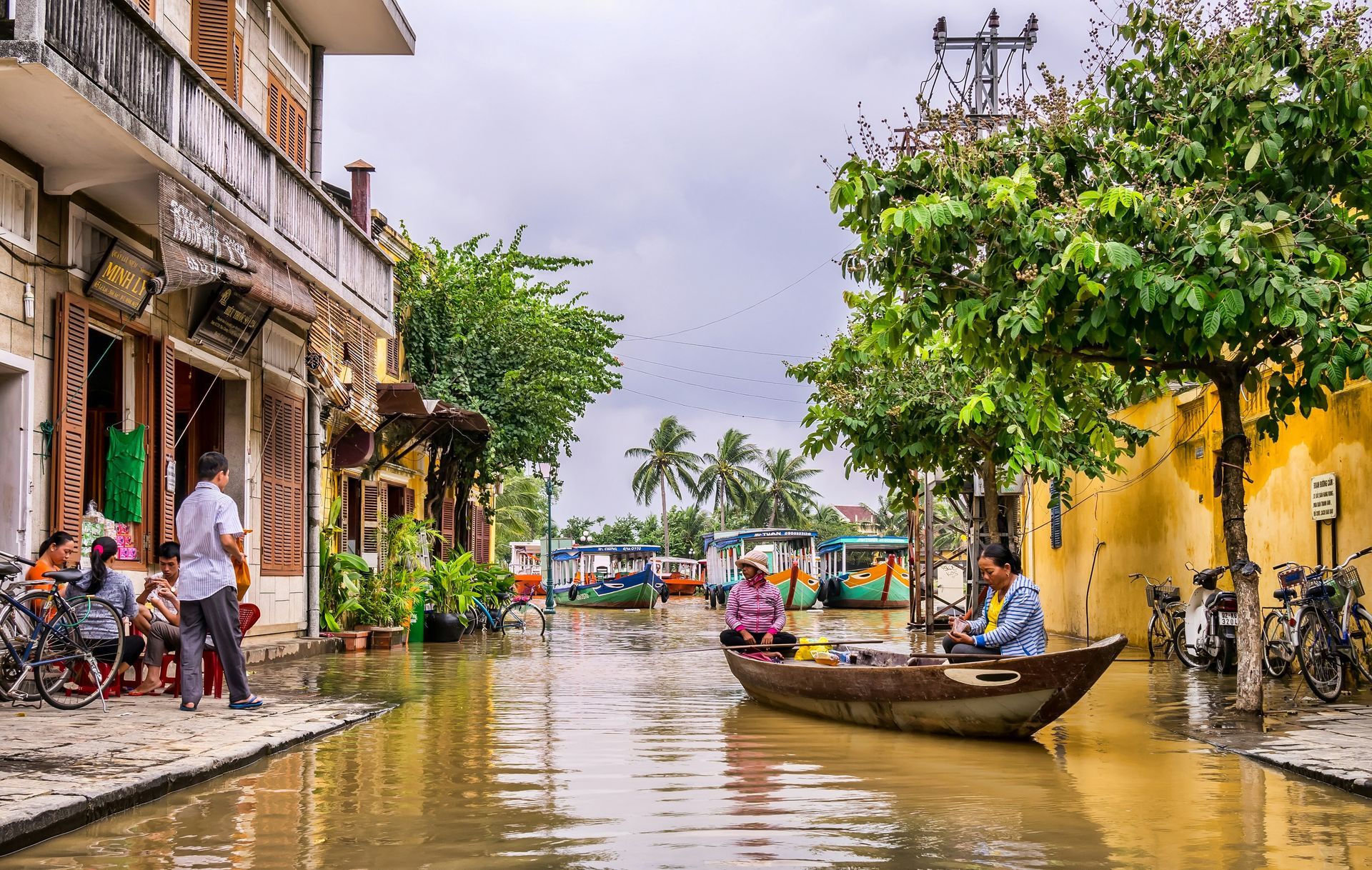
Slide title
Hội An
Button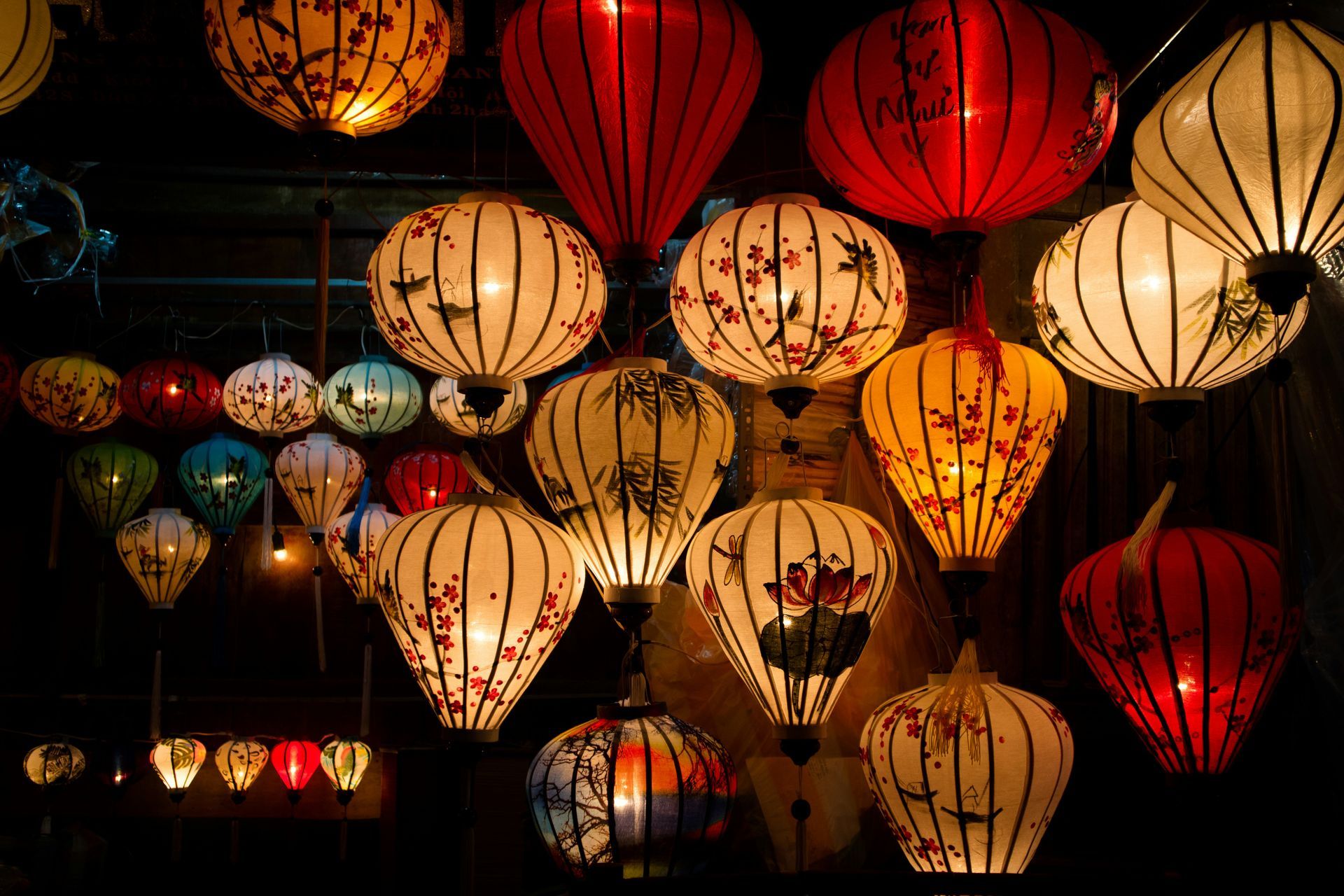
Slide title
Hội An
Button
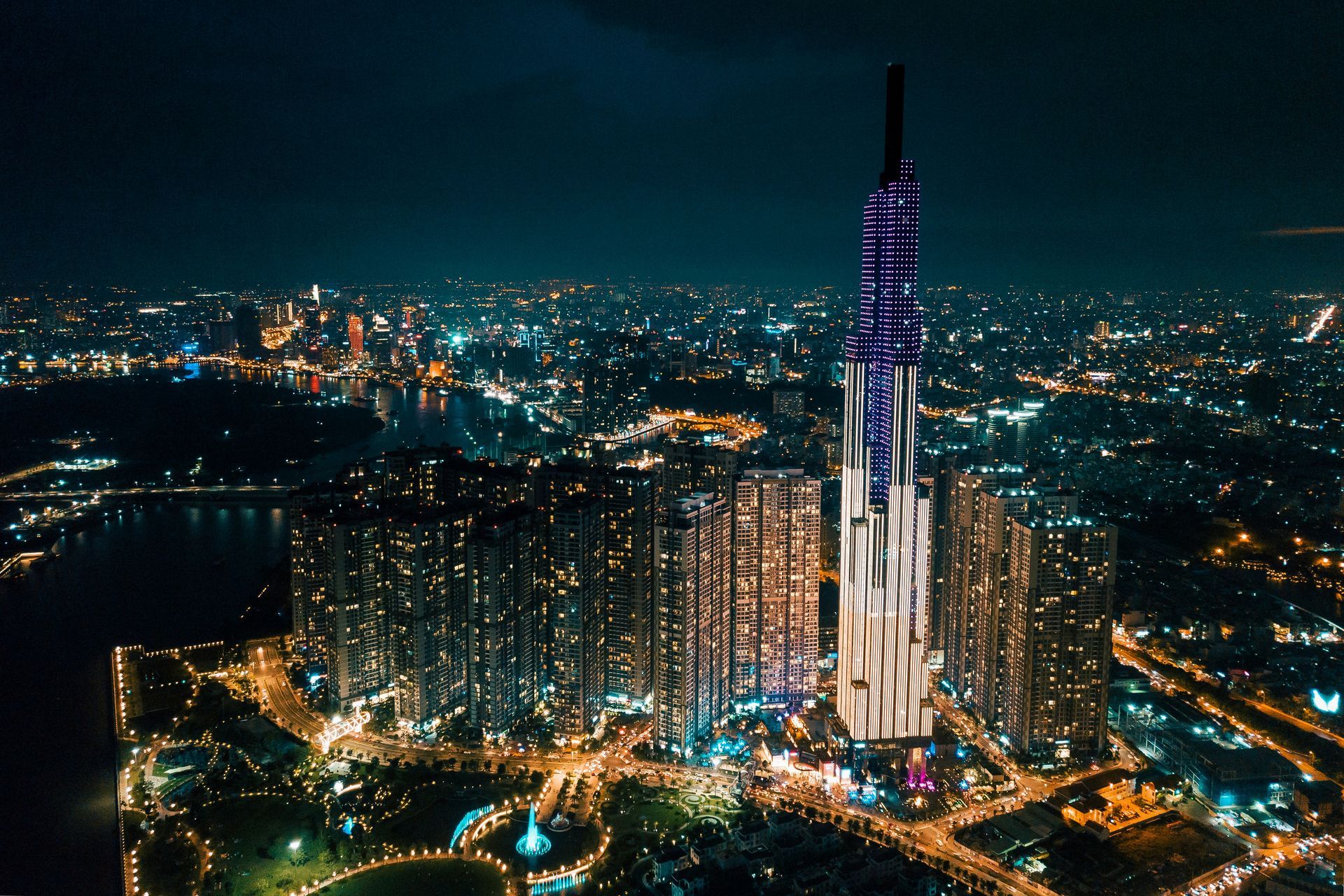
Slide title
Ho Chi Minh
Button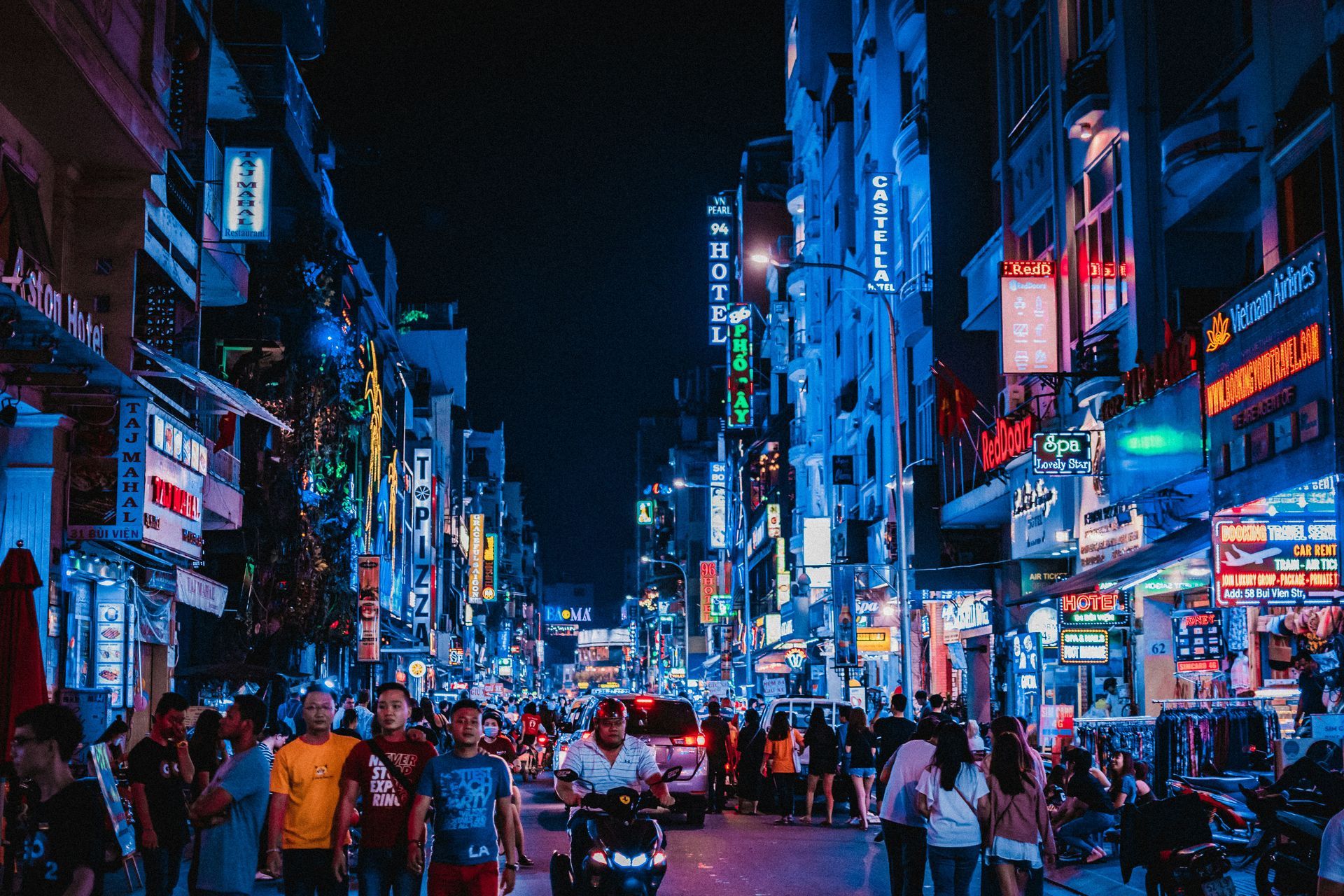
Slide title
Ho Chi Minh
Button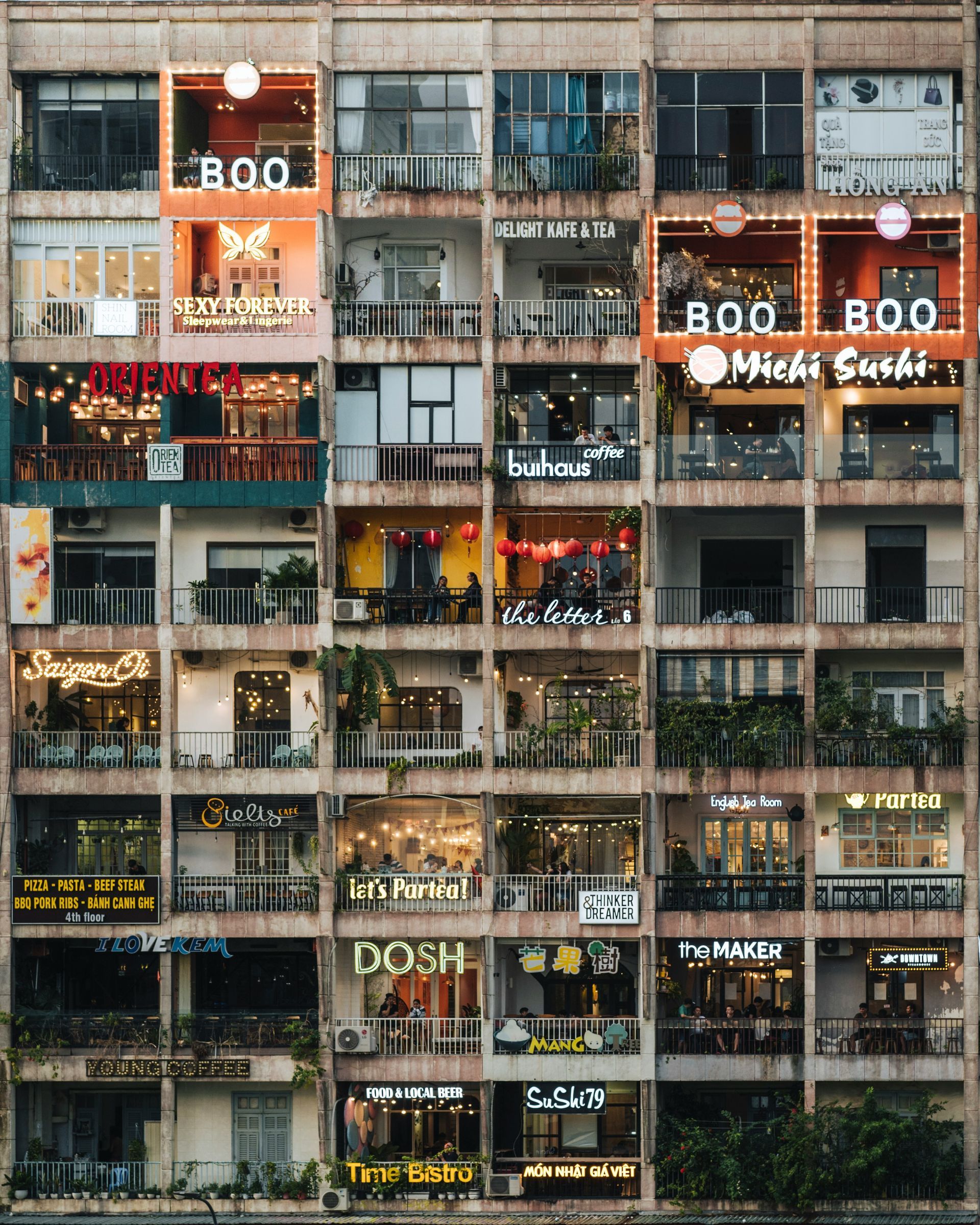
Slide title
Ho Chi Minh
Button
Slide title
Ho Chi Minh
Button
Slide title
Ho Chi Minh
Button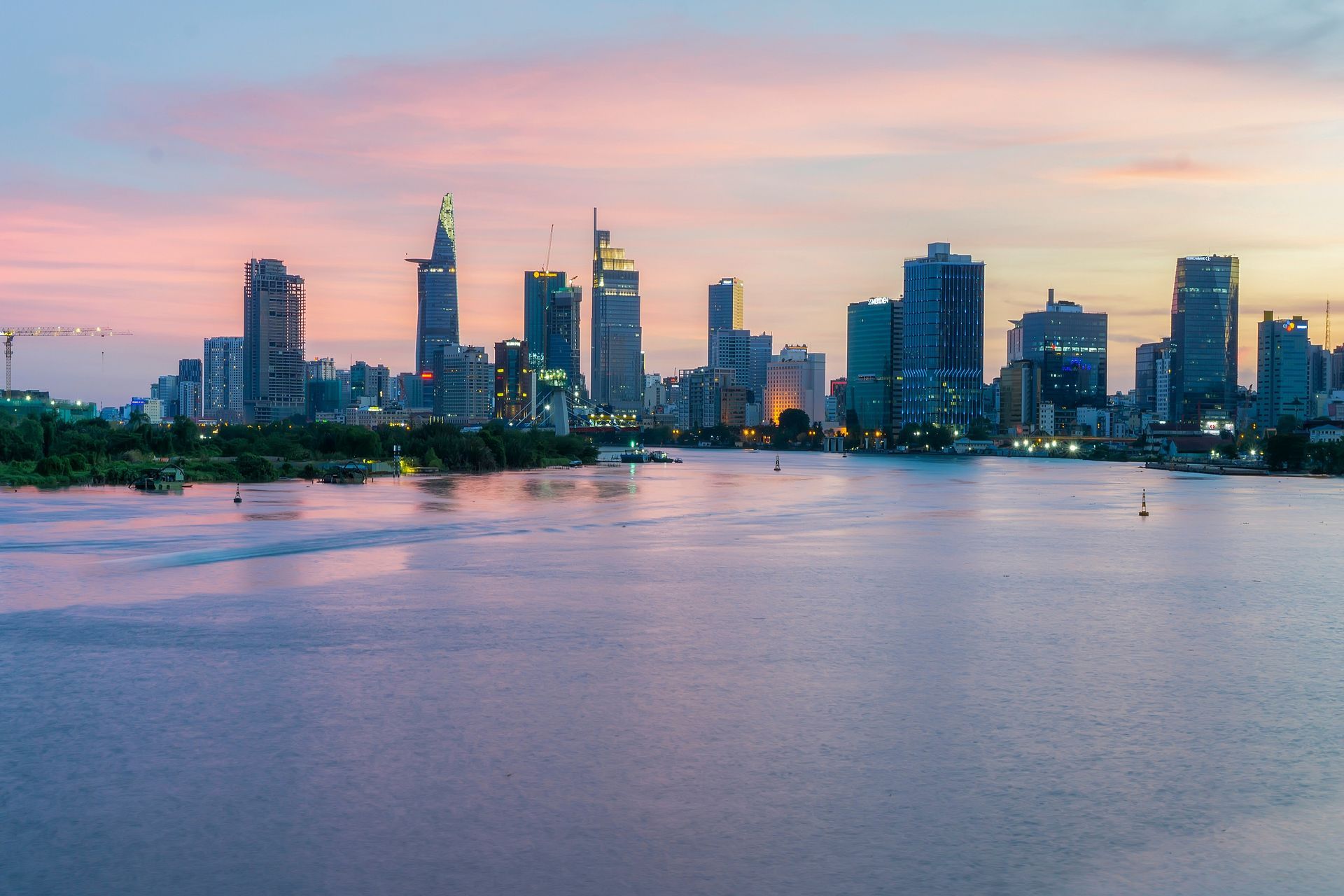
Slide title
Ho Chi Minh
Button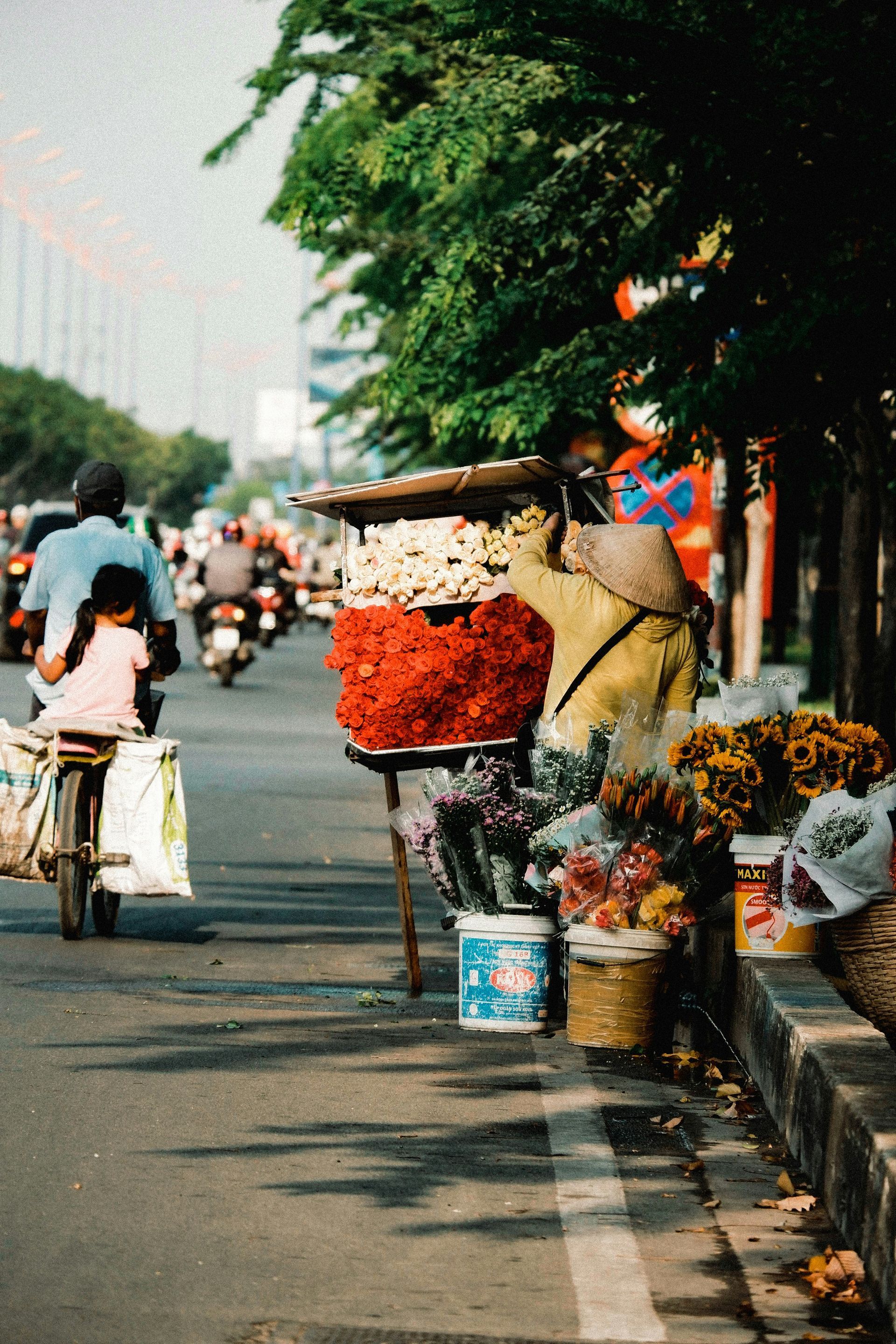
Slide title
Ho Chi Minh
Button

Slide title
Phú Quốc
Button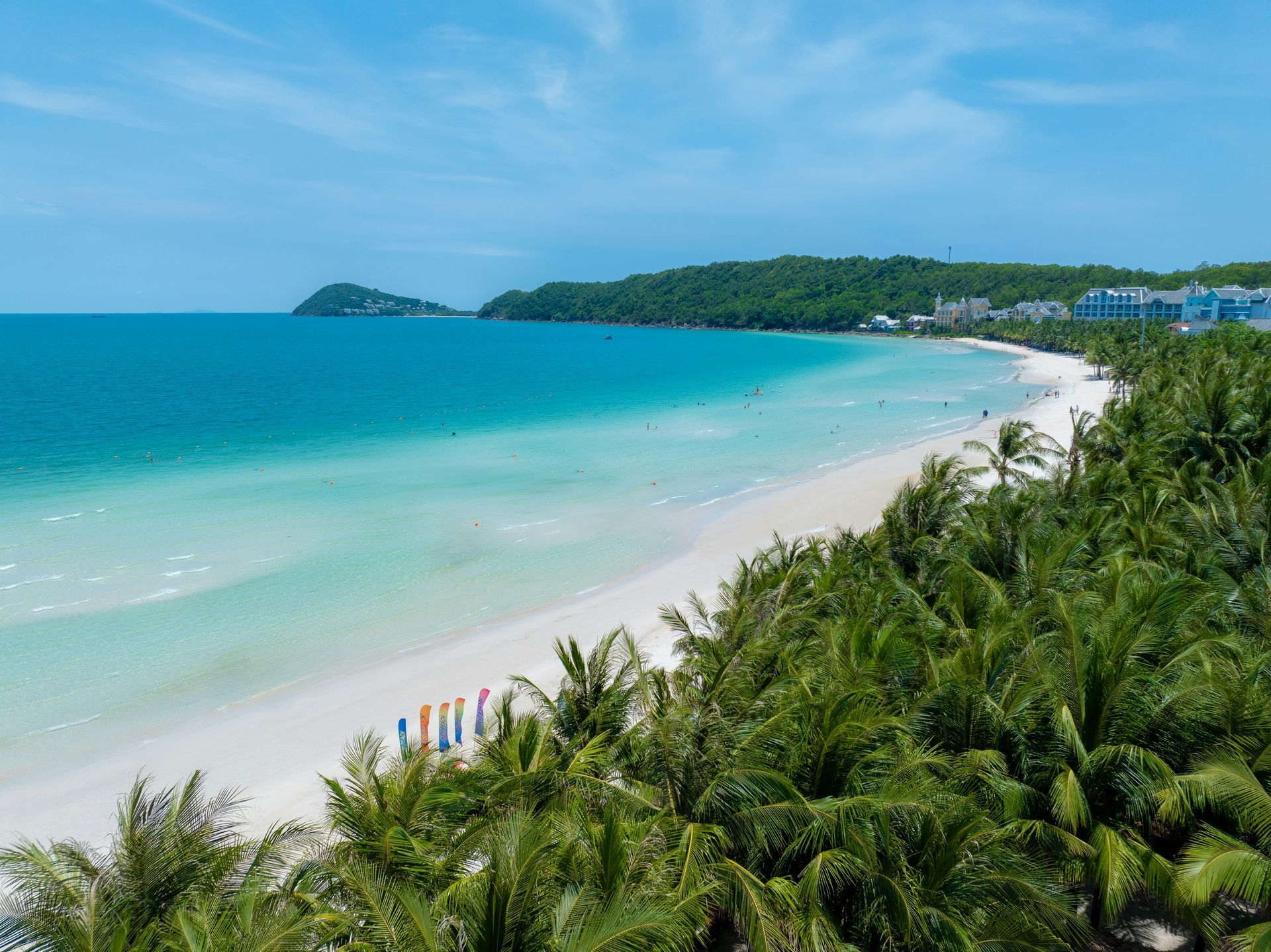
Slide title
Phú Quốc
Button
Slide title
Phú Quốc
Button
Slide title
Phú Quốc
Button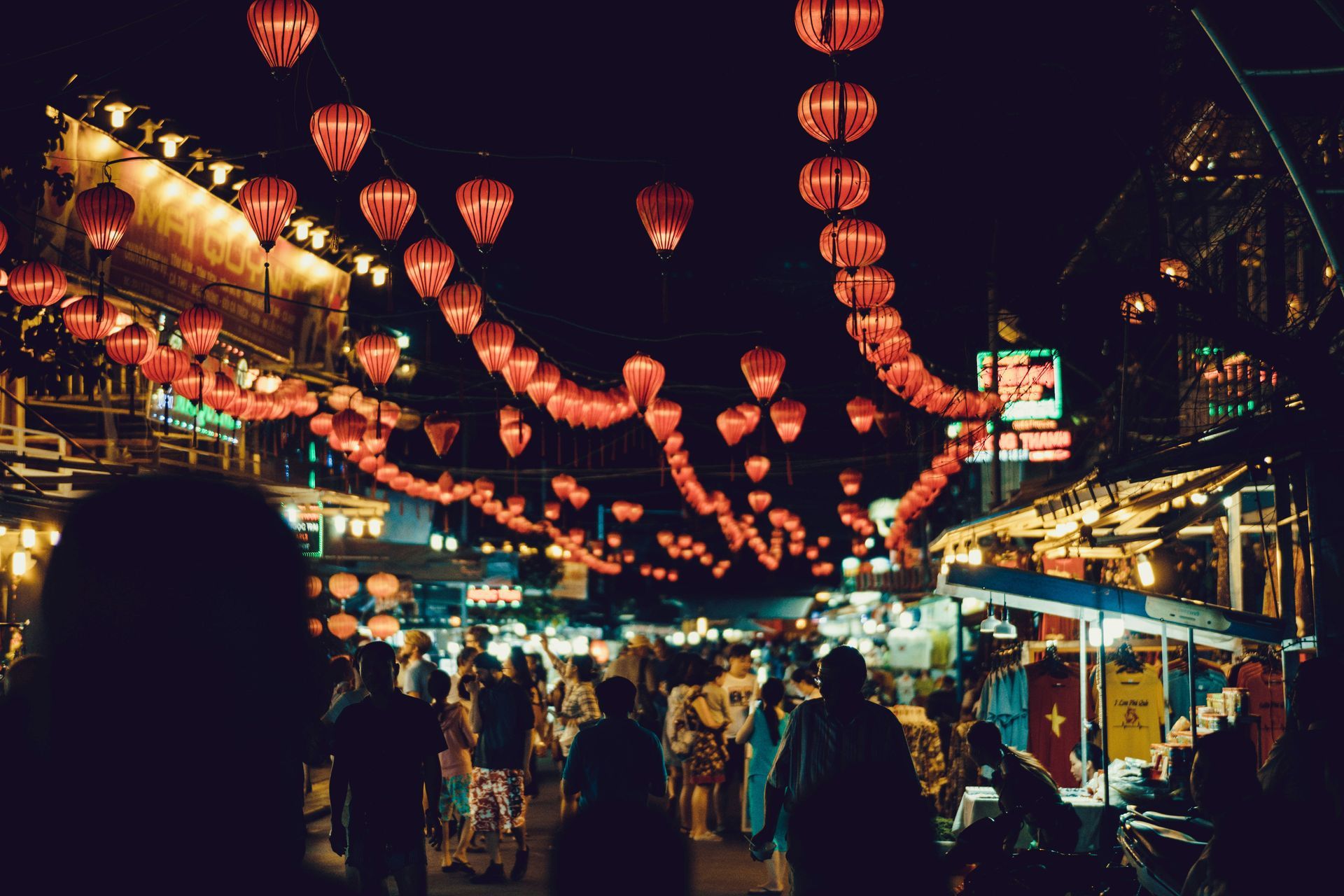
Slide title
Phú Quốc
Button
Slide title
Phú Quốc
Button
Slide title
Phú Quốc
Button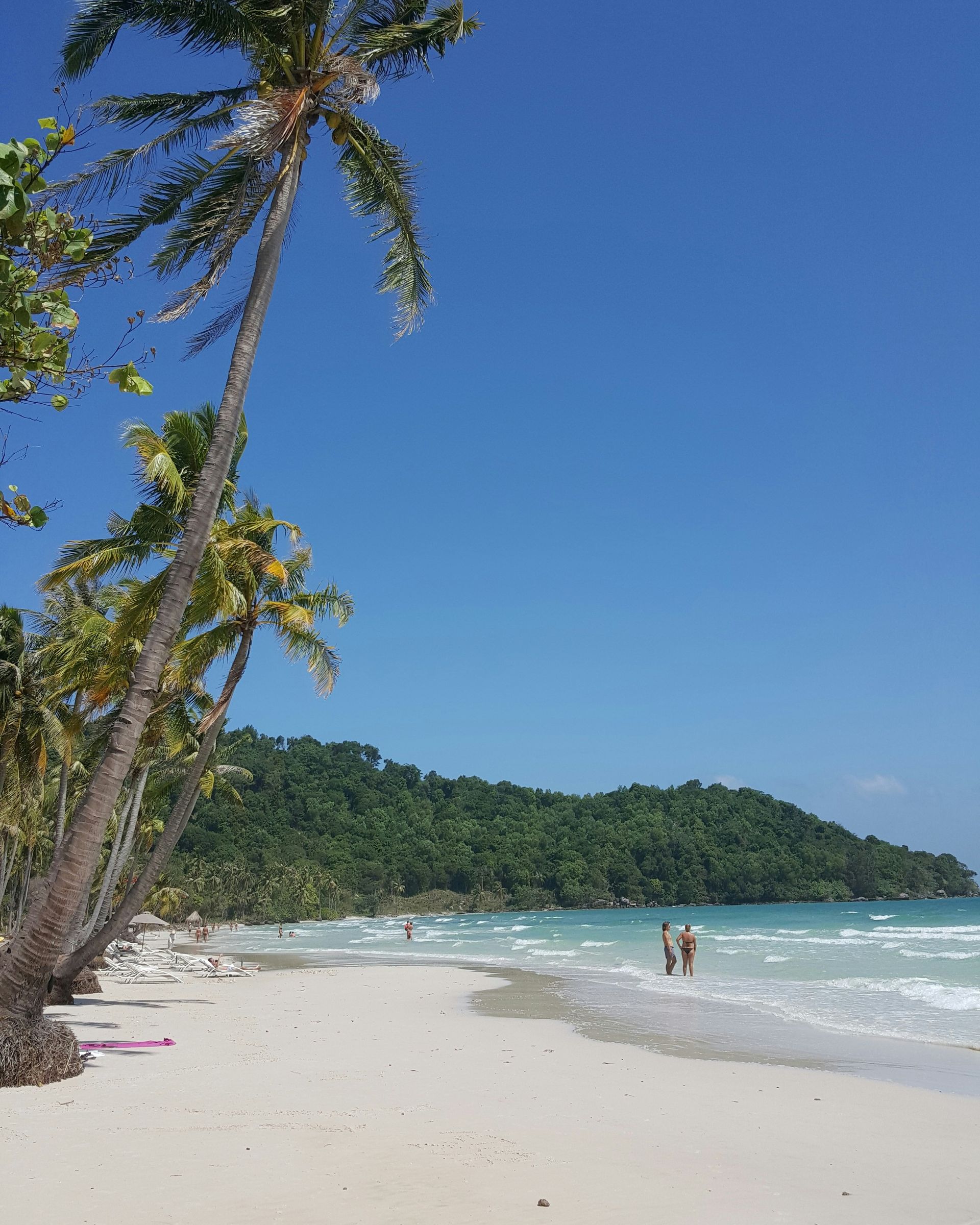
Slide title
Phú Quốc
Button
Featured Destinations

Slide title
Hanoi
Button
Slide title
Hanoi
Button
Slide title
Hanoi
Button
Slide title
Hanoi
Button
Slide title
Hanoi
Button
Slide title
Hanoi
Button
Slide title
Hanoi
Button
Slide title
Hanoi
Button
Slide title
Hanoi
Button

Slide title
Halong Bay
Button
Slide title
Halong Bay
Button
Slide title
Halong Bay
Button
Slide title
Halong Bay
Button
Slide title
Halong Bay
Button
Slide title
Halong Bay
Button
Slide title
Halong Bay
Button
Slide title
Halong Bay
Button

Slide title
Sapa
Button
Slide title
Sapa
Button
Slide title
Sapa
Button
Slide title
Sapa
Button
Slide title
Sapa
Button
Slide title
Sapa
Button
Slide title
Sapa
Button
Slide title
Sapa
Button
Slide title
Sapa
Button
Slide title
Sapa
Button

Slide title
Ninh Bình
Button
Slide title
Ninh Bình
Button
Slide title
Ninh Bình
Button
Slide title
Ninh Bình
Button
Slide title
Ninh Bình
Button
Slide title
Ninh Bình
Button
Slide title
Ninh Bình
Button
Slide title
Ninh Bình
Button
Slide title
Ninh Bình
Button
Slide title
Ninh Bình
Button

Slide title
Da Nang
Button
Slide title
Da Nang
Button
Slide title
Da Nang
Button
Slide title
Da Nang
Button
Slide title
Da Nang
Button
Slide title
Da Nang
Button

Slide title
Hội An
Button
Slide title
Hội An
Button
Slide title
Hội An
Button
Slide title
Hội An
Button
Slide title
Hội An
Button
Slide title
Hội An
Button
Slide title
Hội An
Button
Slide title
Hội An
Button

Slide title
Ho Chi Minh
Button
Slide title
Ho Chi Minh
Button
Slide title
Ho Chi Minh
Button
Slide title
Ho Chi Minh
Button
Slide title
Ho Chi Minh
Button
Slide title
Ho Chi Minh
Button
Slide title
Ho Chi Minh
Button

Slide title
Phú Quốc
Button
Slide title
Phú Quốc
Button
Slide title
Phú Quốc
Button
Slide title
Phú Quốc
Button
Slide title
Phú Quốc
Button
Slide title
Phú Quốc
Button
Slide title
Phú Quốc
Button
Slide title
Phú Quốc
Button
Mekong River
The Mekong River is the lifeblood of southern Vietnam, winding through fertile lands that support lush rice paddies, floating markets, and vibrant river communities. In the Mekong Delta, daily life revolves around its waterways, where boats serve as homes, shops, and transport. Visitors can explore this unique region by boat, drifting past stilted villages, tropical orchards, and bustling markets filled with fresh produce. The Mekong offers a glimpse into Vietnam’s agricultural heartland and its enduring connection to the rhythms of the river.
Mekong River
The Mekong River is the lifeblood of southern Vietnam, winding through fertile lands that support lush rice paddies, floating markets, and vibrant river communities. In the Mekong Delta, daily life revolves around its waterways, where boats serve as homes, shops, and transport. Visitors can explore this unique region by boat, drifting past stilted villages, tropical orchards, and bustling markets filled with fresh produce. The Mekong offers a glimpse into Vietnam’s agricultural heartland and its enduring connection to the rhythms of the river.
Traditional Dishes
-
Phở
Phở is Vietnam’s most iconic dish, a fragrant noodle soup that has become a symbol of the nation’s culinary identity. Made with rice noodles in a slow-simmered broth infused with star anise, cinnamon, and other spices, it is traditionally served with either beef or chicken. Fresh herbs, lime, chili, and bean sprouts are added at the table, allowing each person to tailor the flavor to their taste. Both comforting and deeply flavorful.
-
Cơm Tấm
Cơm Tấm, or “broken rice,” is a popular Vietnamese dish made from fractured rice grains once considered a humble staple. It is typically served with grilled pork, a fried egg, pickled vegetables, and scallion oil, often accompanied by fish sauce for added flavor. The combination of smoky, savory meat and fragrant rice creates a satisfying and well-balanced meal.
-
Bánh mì
Bánh mì is Vietnam’s famous sandwich that blends French and Vietnamese culinary influences. It features a crisp, airy baguette filled with a variety of ingredients such as grilled pork, pâté, cold cuts, pickled vegetables, cucumber, cilantro, and chili. The mix of savory meats, tangy pickles, and fresh herbs makes it a flavorful and versatile street food favorite.
-
Mì Quảng
Mì Quảng is a specialty noodle dish from central Vietnam, known for its rich yet modest style. It features wide turmeric-tinted rice noodles topped with shrimp, pork, or chicken, fresh herbs, roasted peanuts, and crispy rice crackers. Unlike traditional soups, it is served with only a small amount of flavorful broth, making it both hearty and refreshing.
-
Xôi
Xôi is a traditional Vietnamese sticky rice dish enjoyed in both savory and sweet varieties. It can be paired with ingredients like mung beans, peanuts, or shredded chicken for a hearty meal, or made with coconut milk and sugar for a sweet treat. A special version, Xôi Gấc, uses the bright red gấc fruit to create a vibrant, slightly sweet sticky rice often served during festivals and celebrations for its color and symbolism of luck and prosperity.
-
Gỏi Cuốn
Gỏi Cuốn, often called fresh spring rolls, are light and refreshing rice paper rolls filled with shrimp, pork, vermicelli noodles, and fresh herbs. They are served chilled with a dipping sauce, usually peanut or hoisin-based, creating a balance of savory, fresh, and slightly sweet flavors.
-
Cao Lầu
Cao Lầu is a noodle dish unique to Hội An, made with chewy rice noodles, slices of pork, fresh herbs, and crunchy croutons or rice crackers. The noodles are traditionally prepared using water drawn from a specific local well, giving them their distinctive texture. Served with just a small amount of savory broth, it’s a flavorful blend of textures and tastes that sets it apart from other Vietnamese noodle dishes.
Traditional Dishes
-
Phở
Phở is Vietnam’s most iconic dish, a fragrant noodle soup that has become a symbol of the nation’s culinary identity. Made with rice noodles in a slow-simmered broth infused with star anise, cinnamon, and other spices, it is traditionally served with either beef or chicken. Fresh herbs, lime, chili, and bean sprouts are added at the table, allowing each person to tailor the flavor to their taste. Both comforting and deeply flavorful.
-
Cơm Tấm
Cơm Tấm, or “broken rice,” is a popular Vietnamese dish made from fractured rice grains once considered a humble staple. It is typically served with grilled pork, a fried egg, pickled vegetables, and scallion oil, often accompanied by fish sauce for added flavor. The combination of smoky, savory meat and fragrant rice creates a satisfying and well-balanced meal.
-
Bánh mì
Bánh mì is Vietnam’s famous sandwich that blends French and Vietnamese culinary influences. It features a crisp, airy baguette filled with a variety of ingredients such as grilled pork, pâté, cold cuts, pickled vegetables, cucumber, cilantro, and chili. The mix of savory meats, tangy pickles, and fresh herbs makes it a flavorful and versatile street food favorite.
-
Mì Quảng
Mì Quảng is a specialty noodle dish from central Vietnam, known for its rich yet modest style. It features wide turmeric-tinted rice noodles topped with shrimp, pork, or chicken, fresh herbs, roasted peanuts, and crispy rice crackers. Unlike traditional soups, it is served with only a small amount of flavorful broth, making it both hearty and refreshing.
-
Xôi
Xôi is a traditional Vietnamese sticky rice dish enjoyed in both savory and sweet varieties. It can be paired with ingredients like mung beans, peanuts, or shredded chicken for a hearty meal, or made with coconut milk and sugar for a sweet treat. A special version, Xôi Gấc, uses the bright red gấc fruit to create a vibrant, slightly sweet sticky rice often served during festivals and celebrations for its color and symbolism of luck and prosperity.
-
Gỏi Cuốn
Gỏi Cuốn, often called fresh spring rolls, are light and refreshing rice paper rolls filled with shrimp, pork, vermicelli noodles, and fresh herbs. They are served chilled with a dipping sauce, usually peanut or hoisin-based, creating a balance of savory, fresh, and slightly sweet flavors.
-
Cao Lầu
Cao Lầu is a noodle dish unique to Hội An, made with chewy rice noodles, slices of pork, fresh herbs, and crunchy croutons or rice crackers. The noodles are traditionally prepared using water drawn from a specific local well, giving them their distinctive texture. Served with just a small amount of savory broth, it’s a flavorful blend of textures and tastes that sets it apart from other Vietnamese noodle dishes.
Love this destination?
Have Viking Travel book your next getaway!


